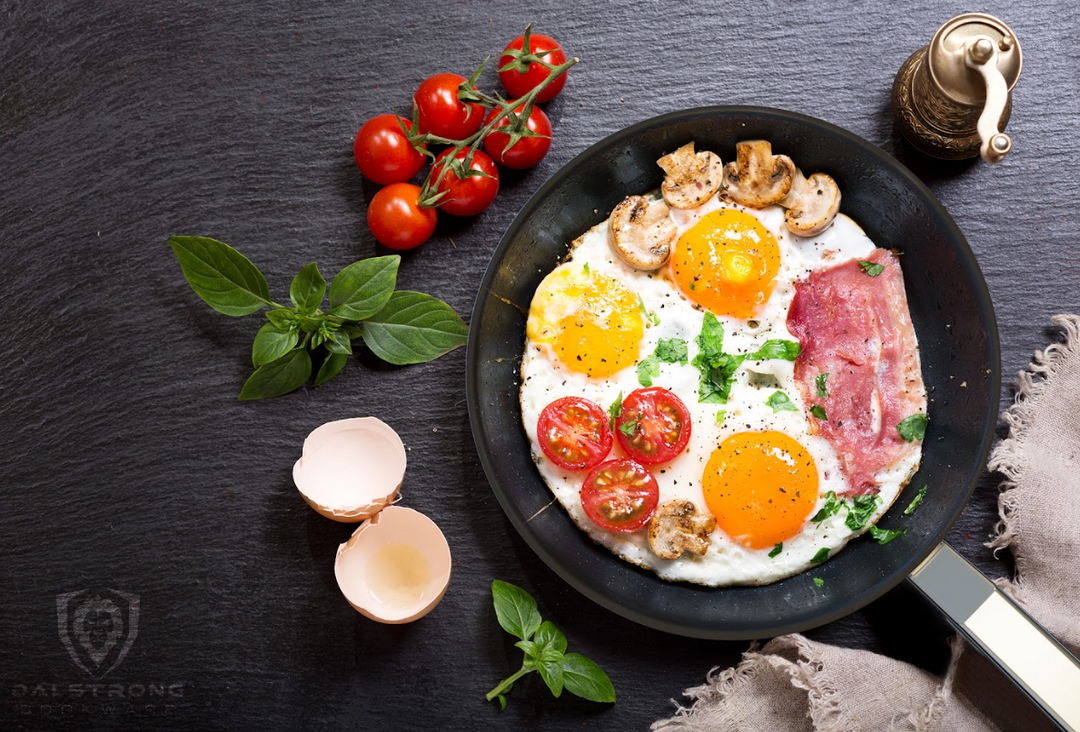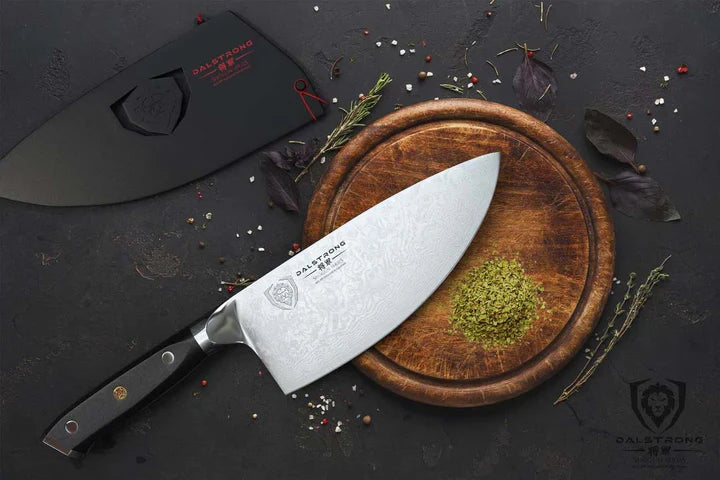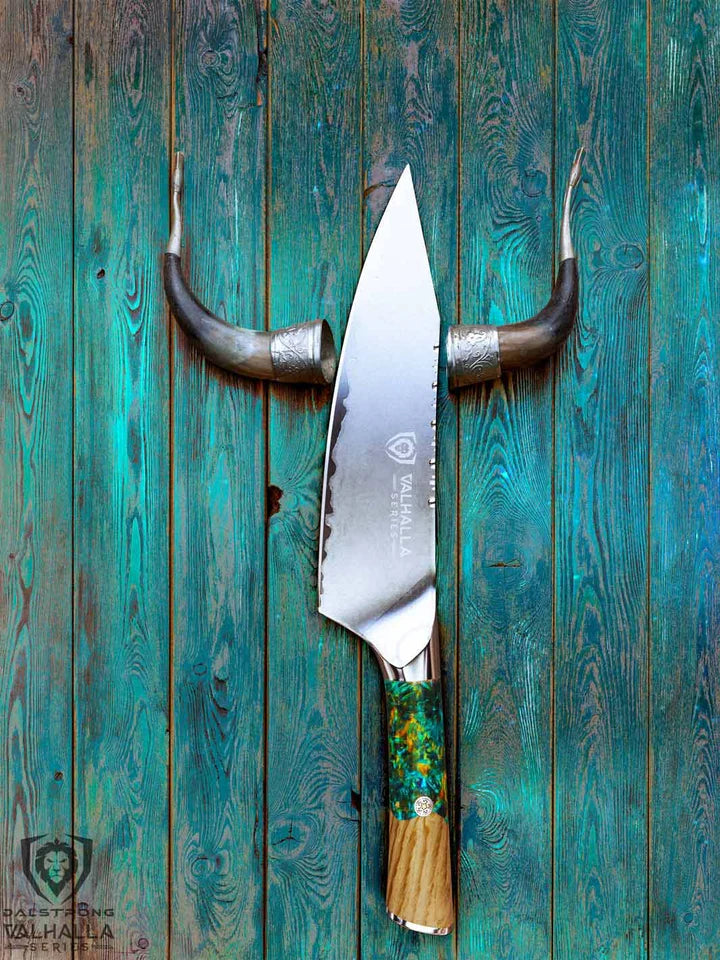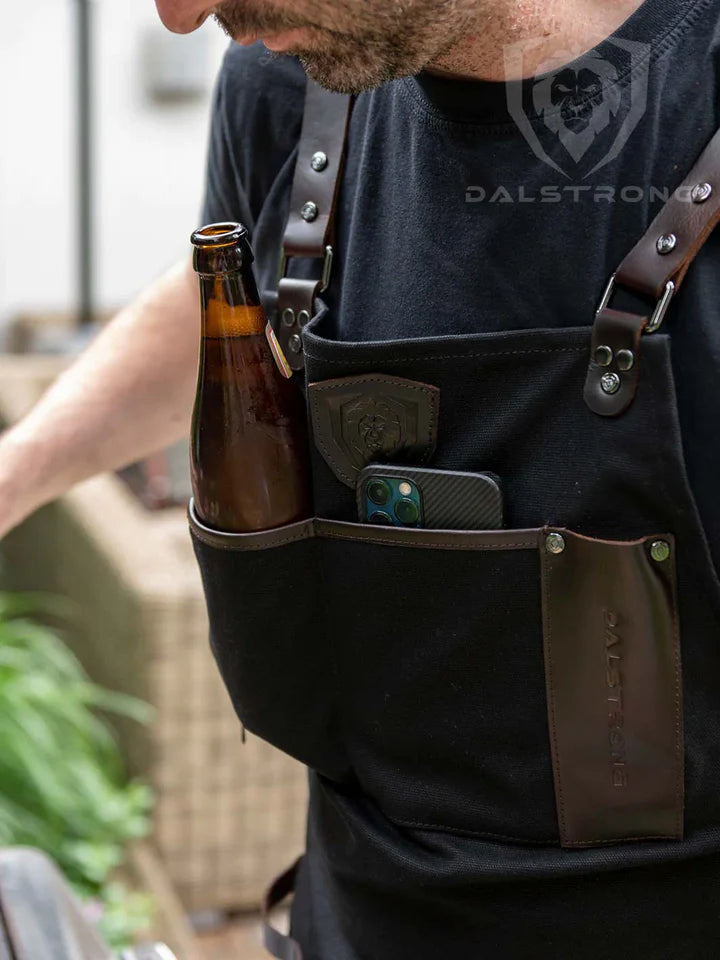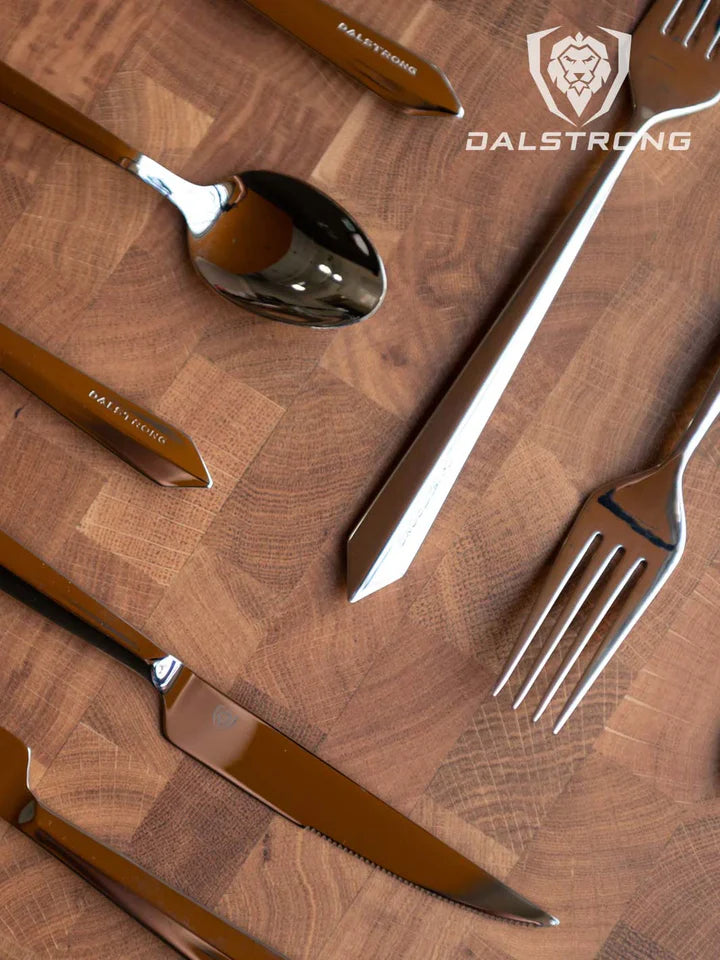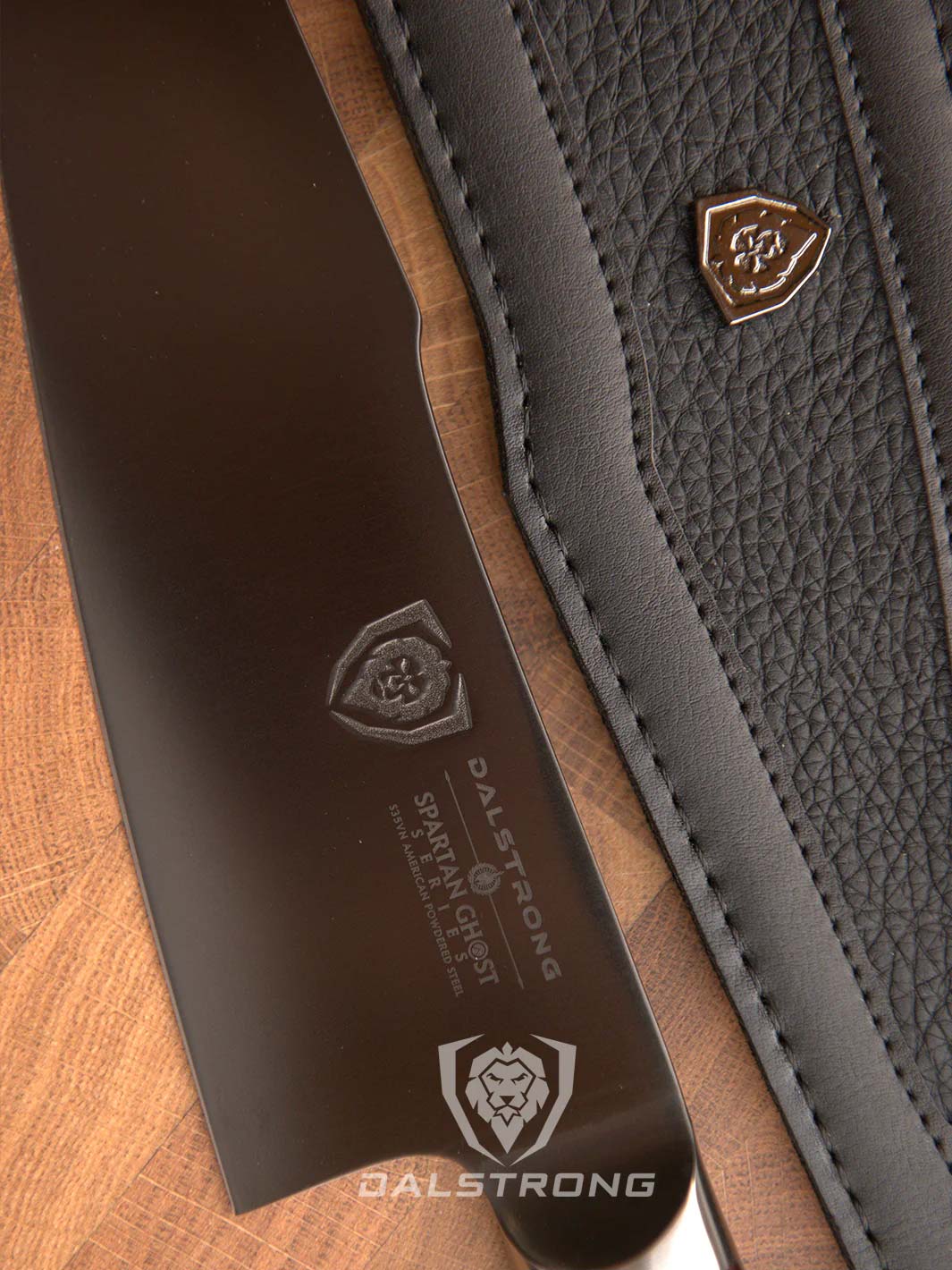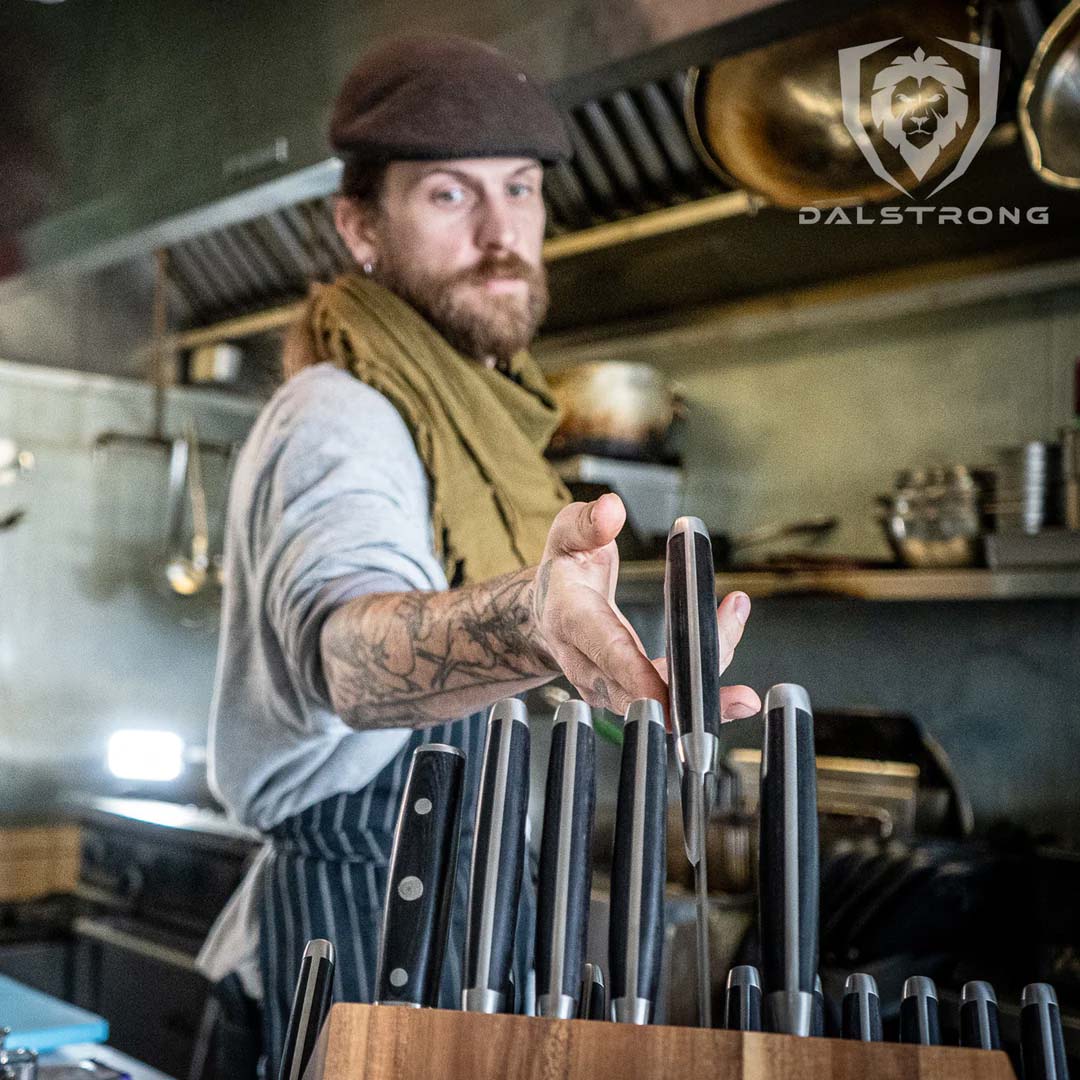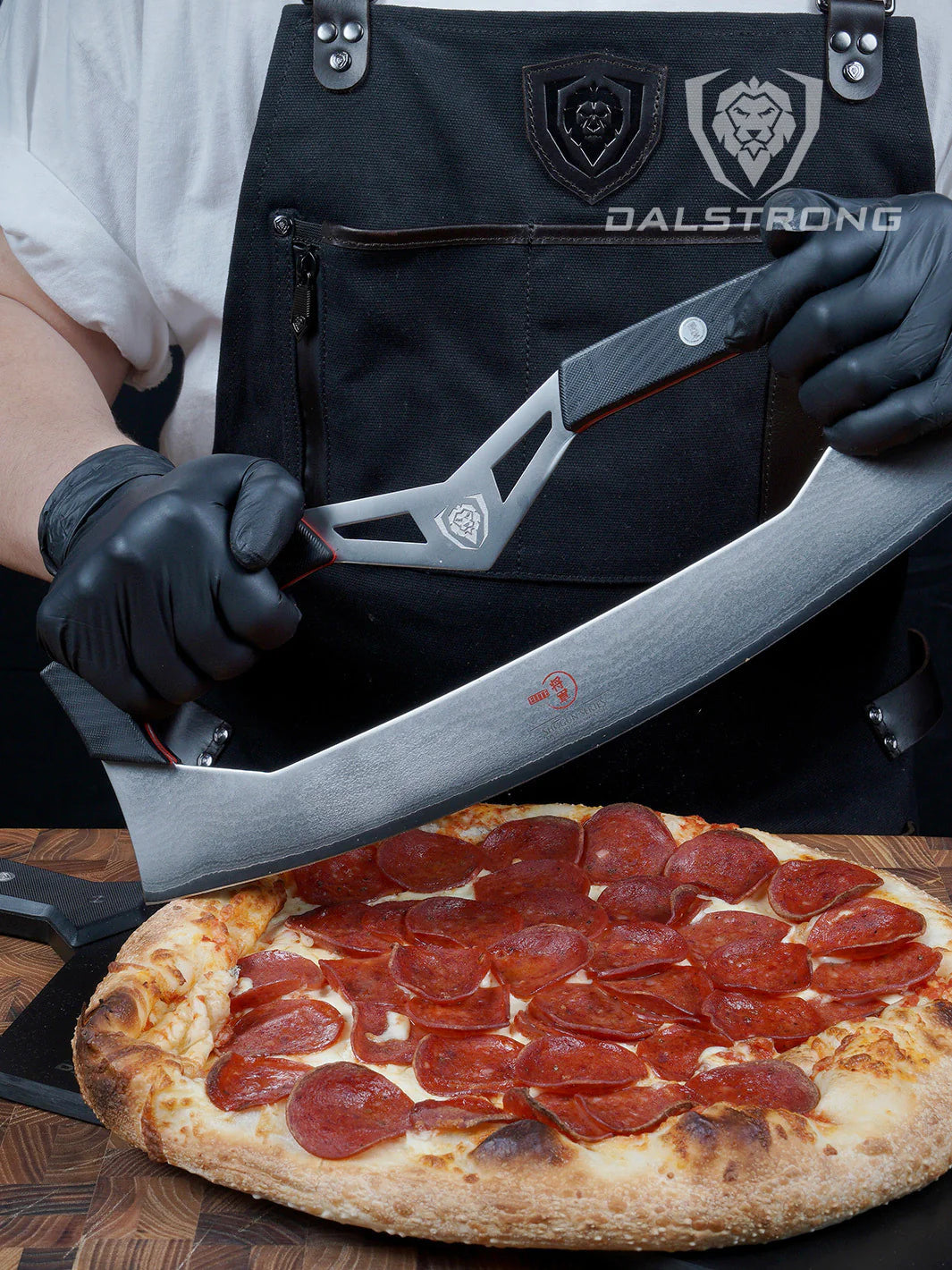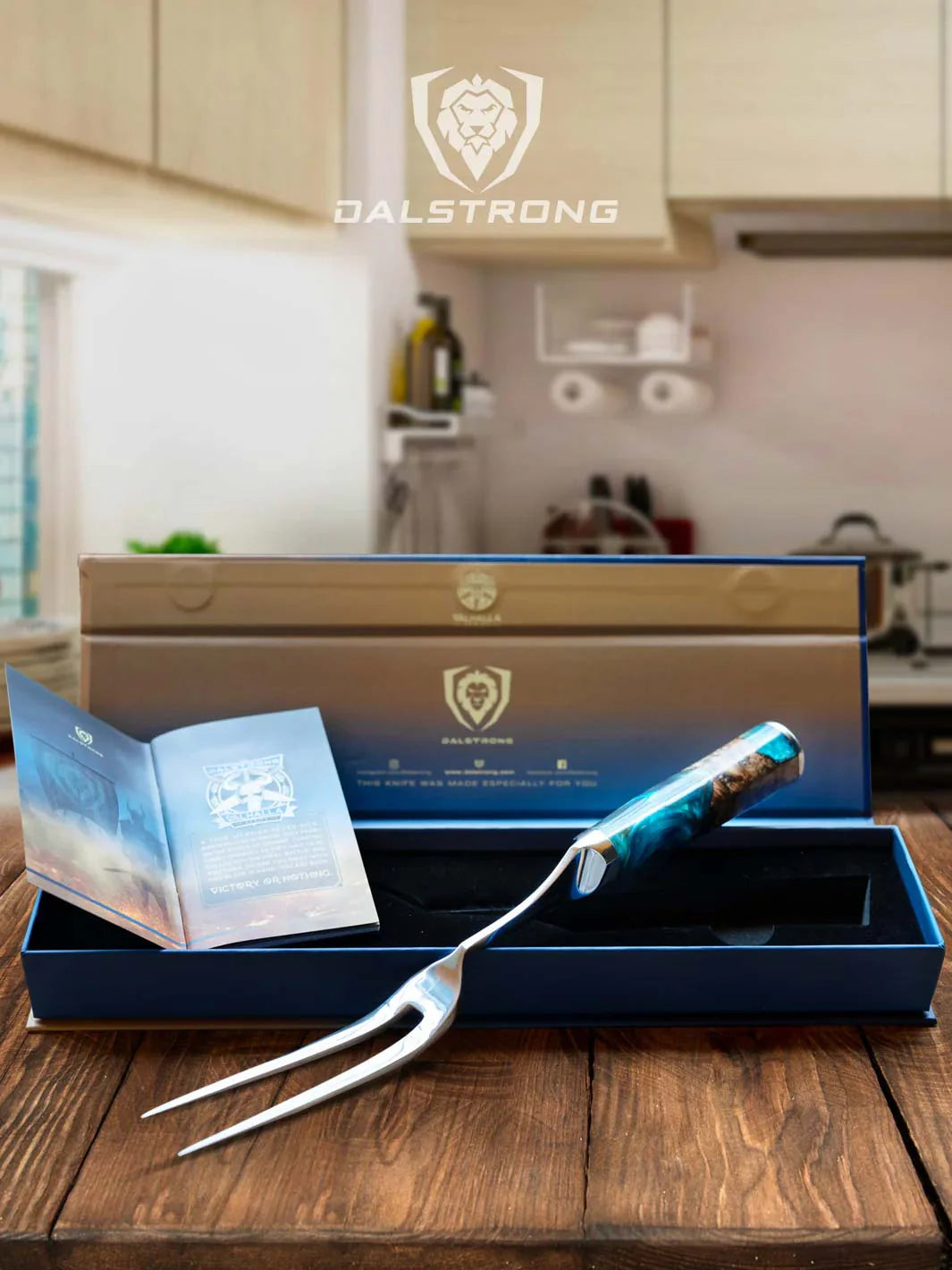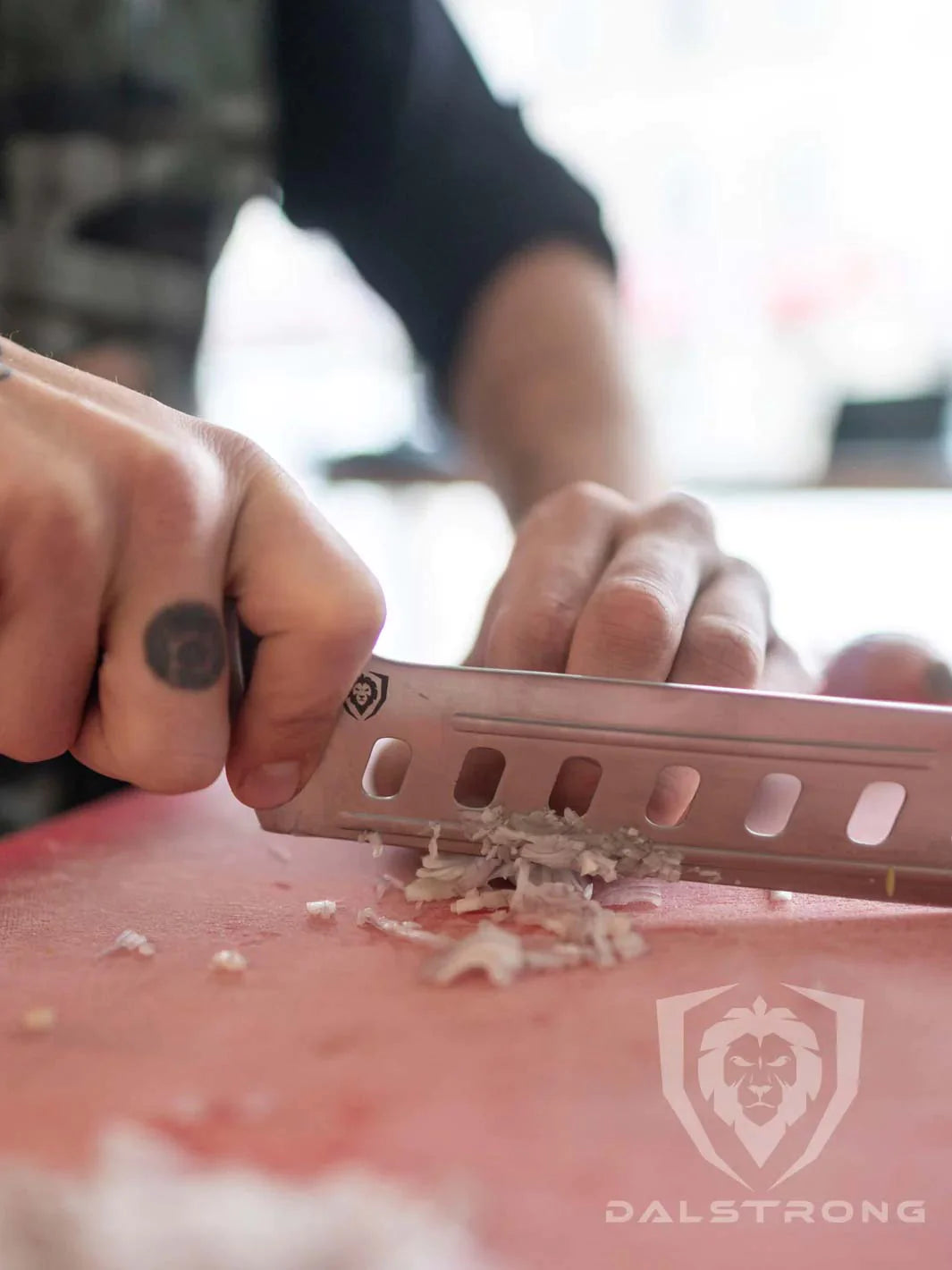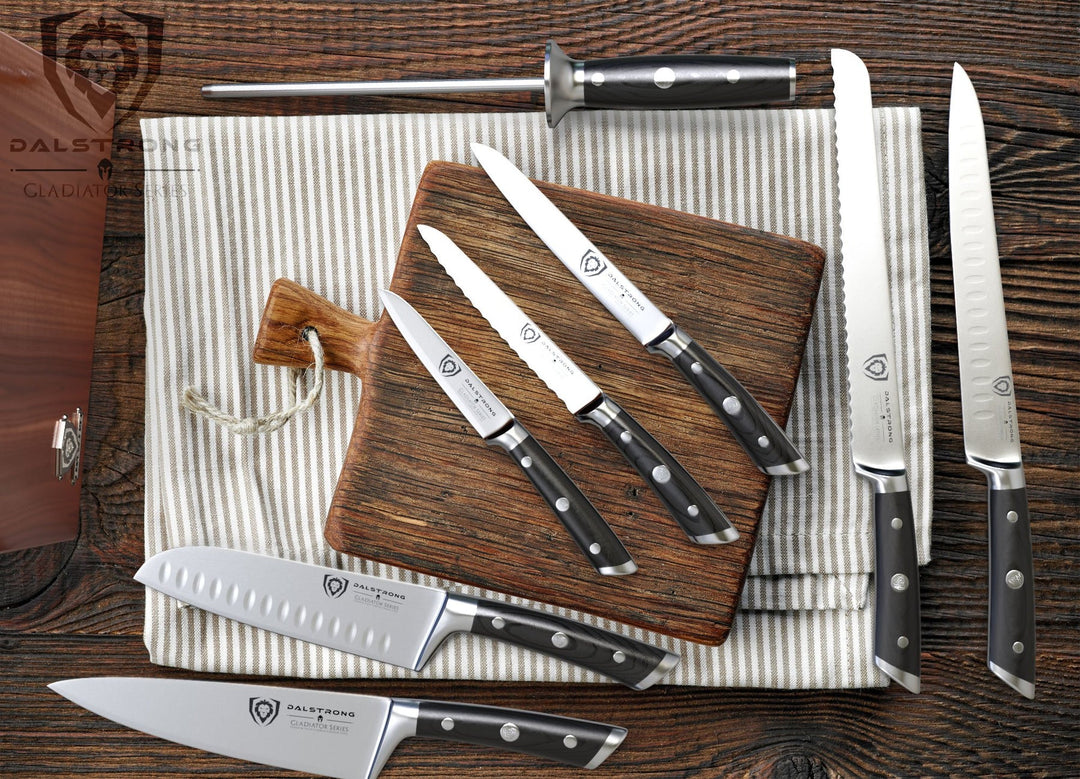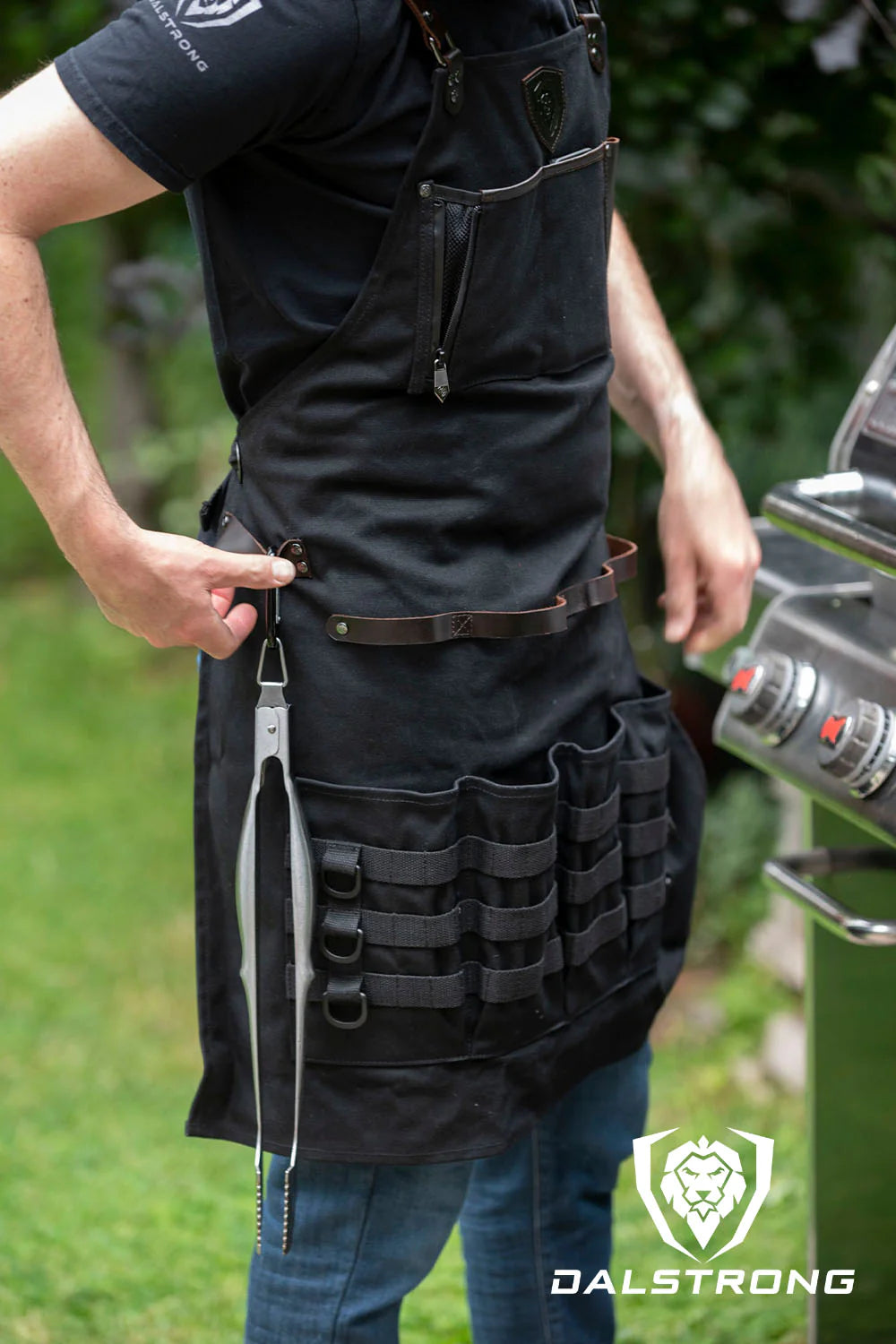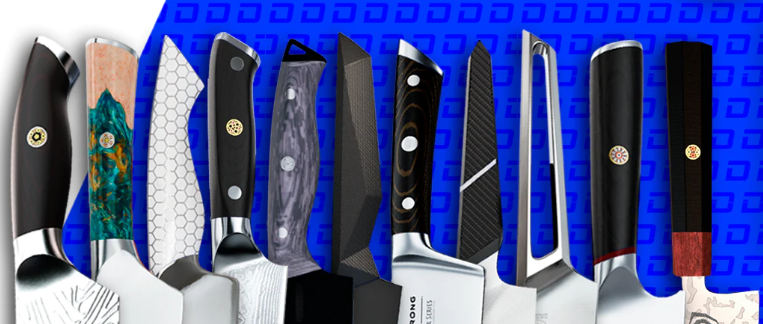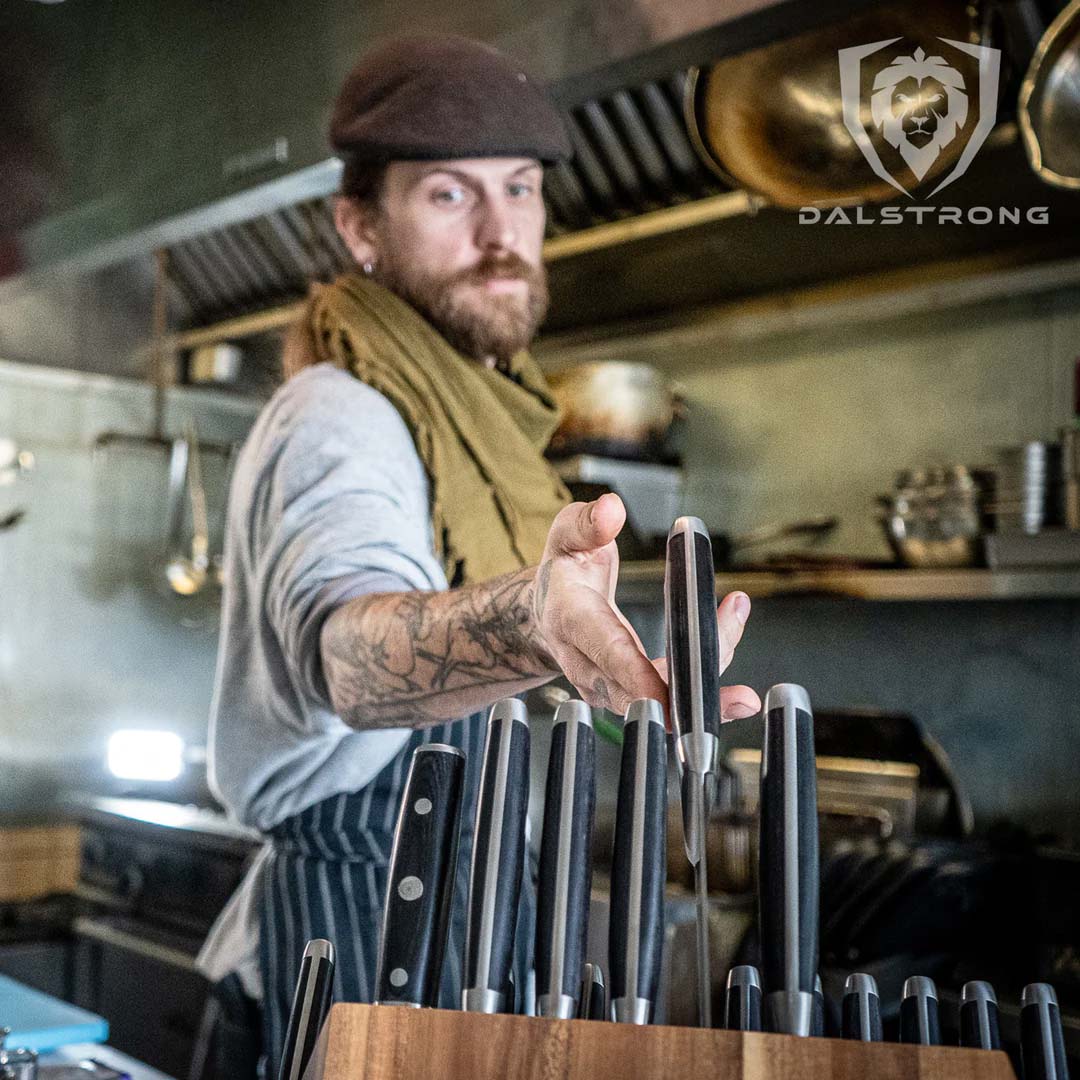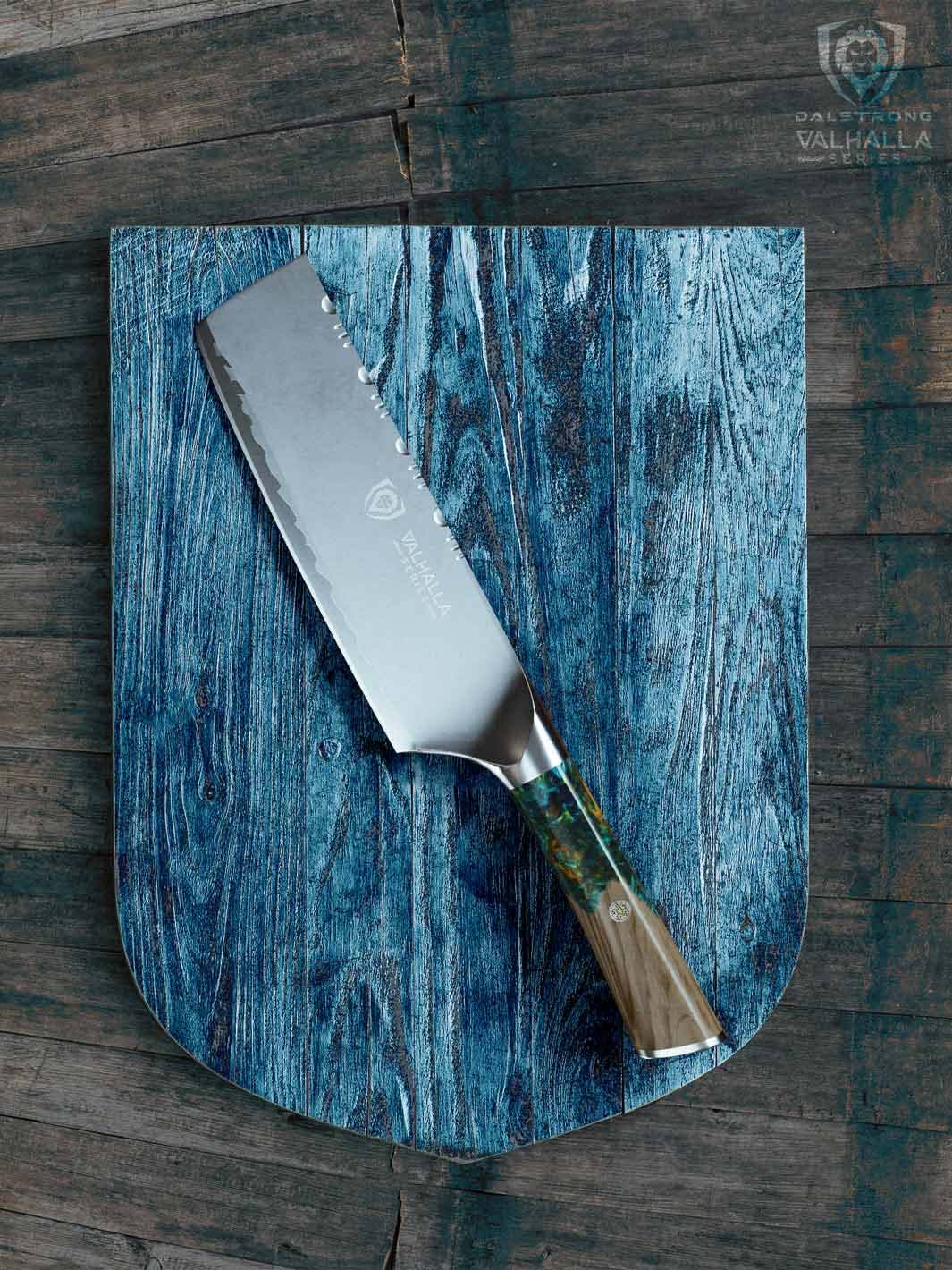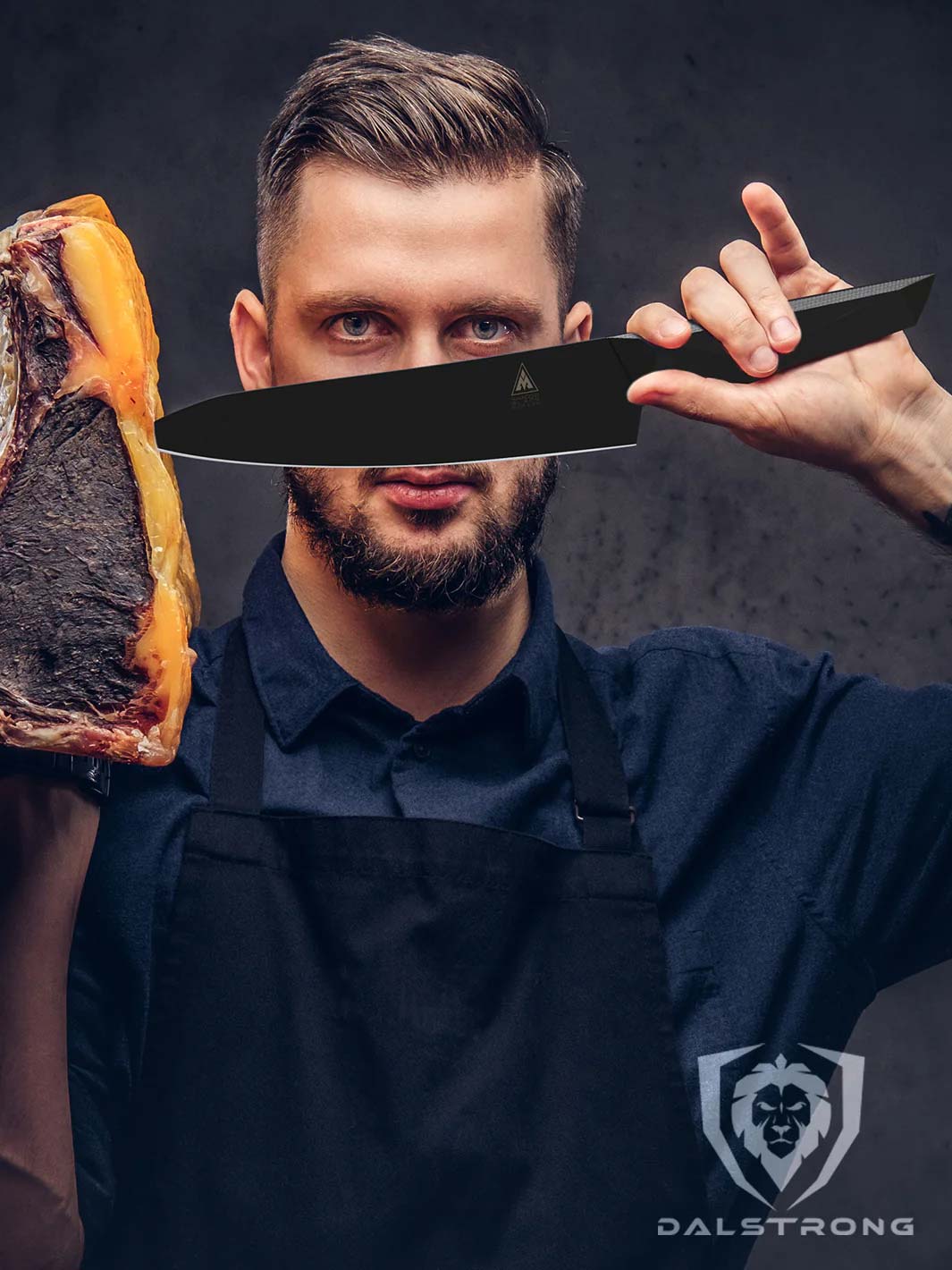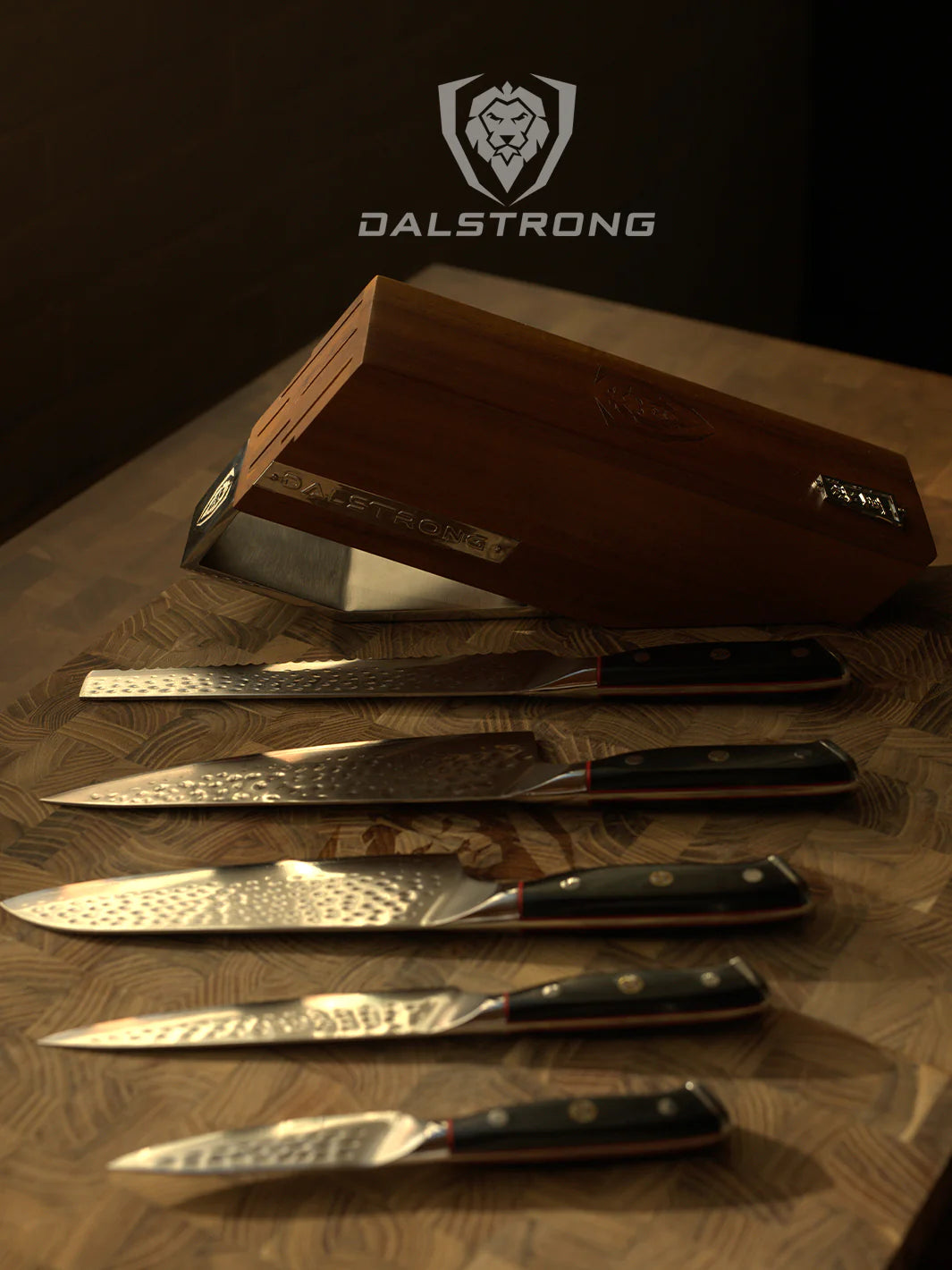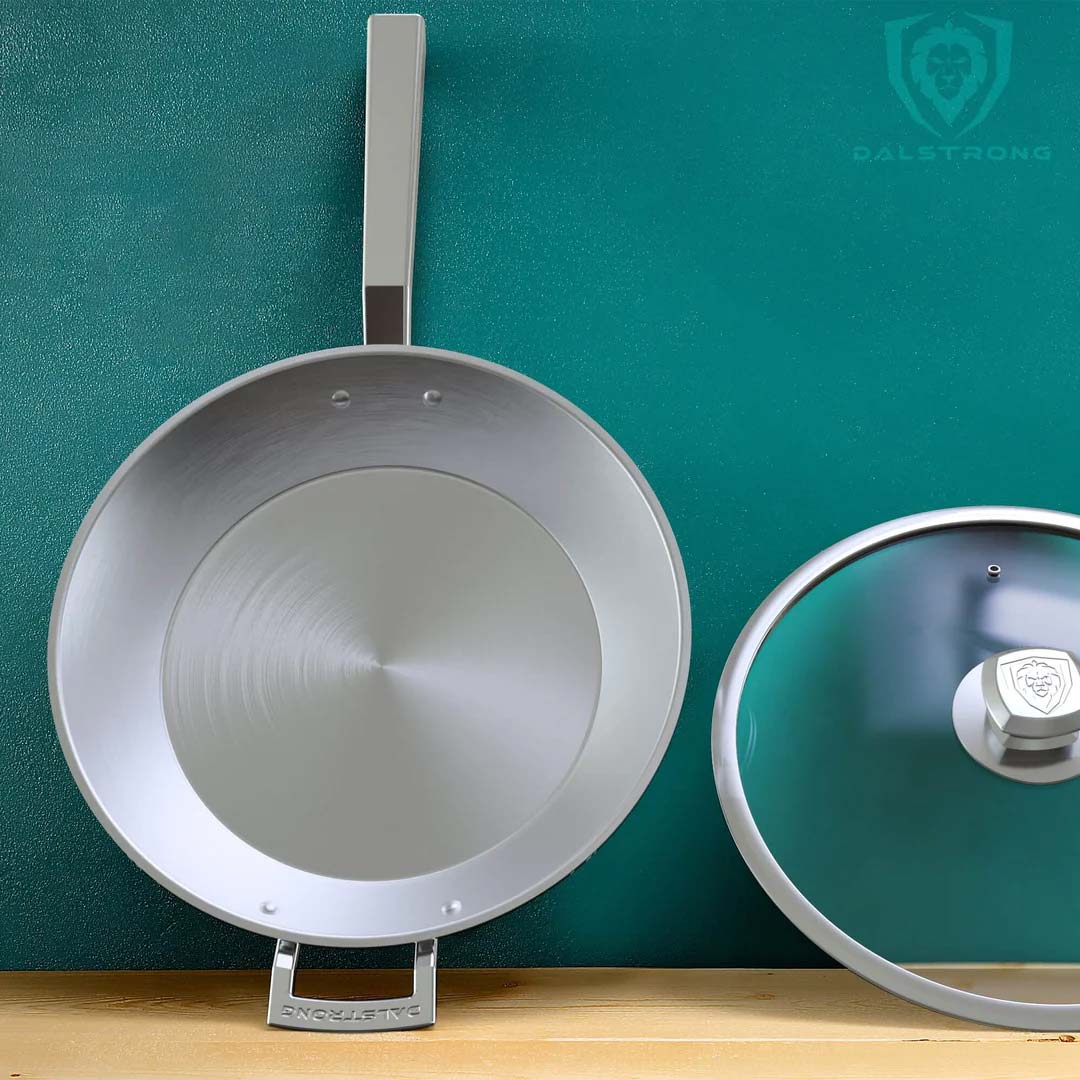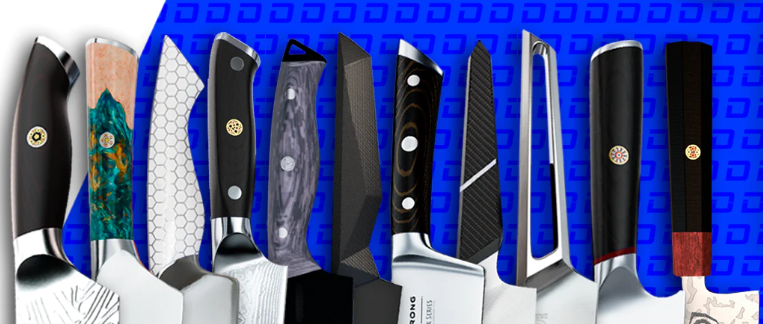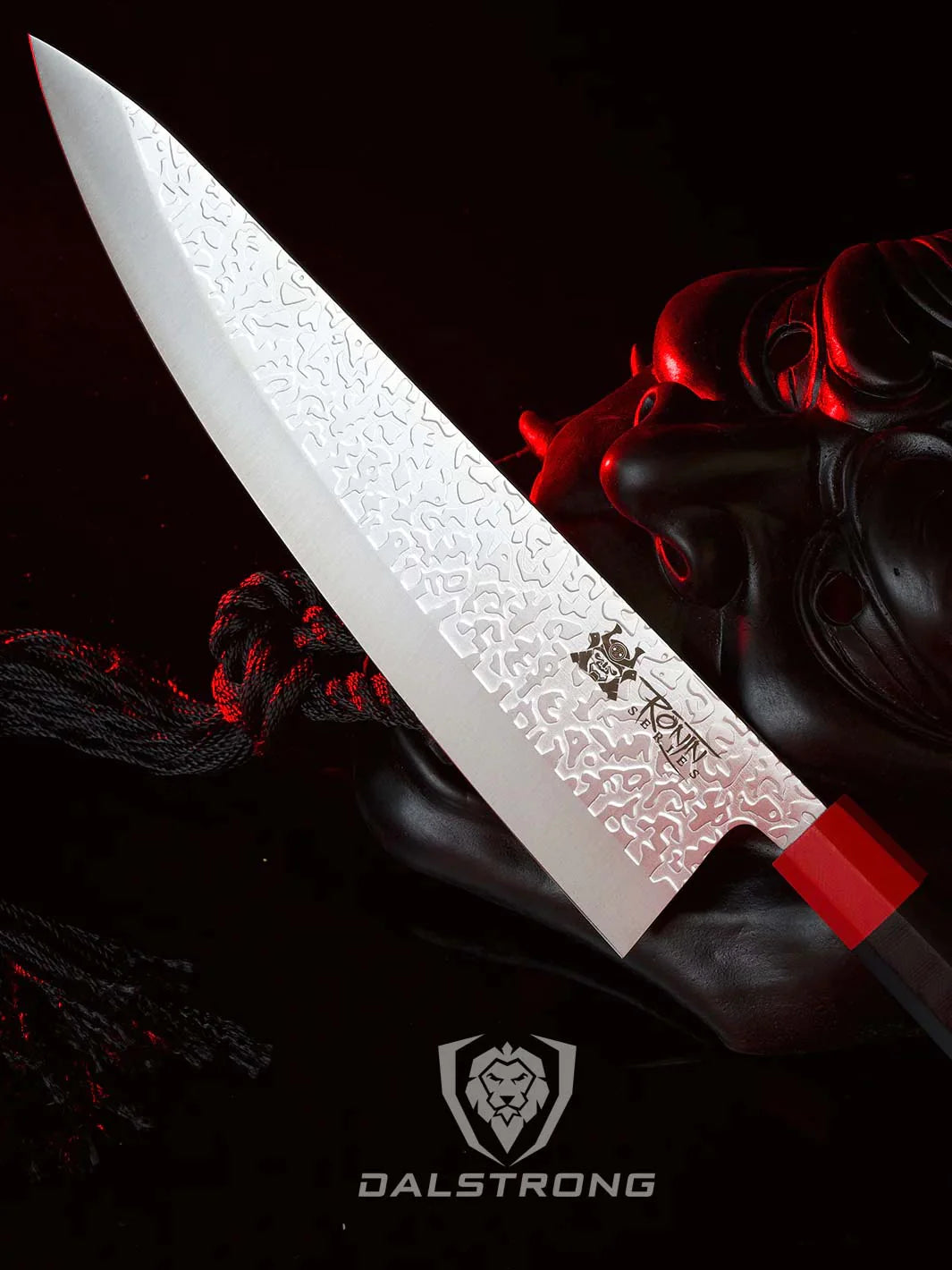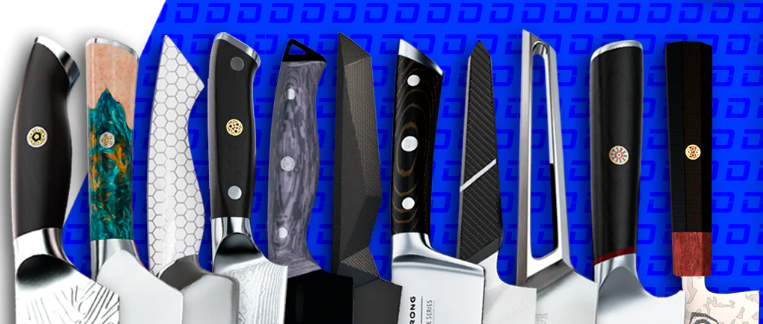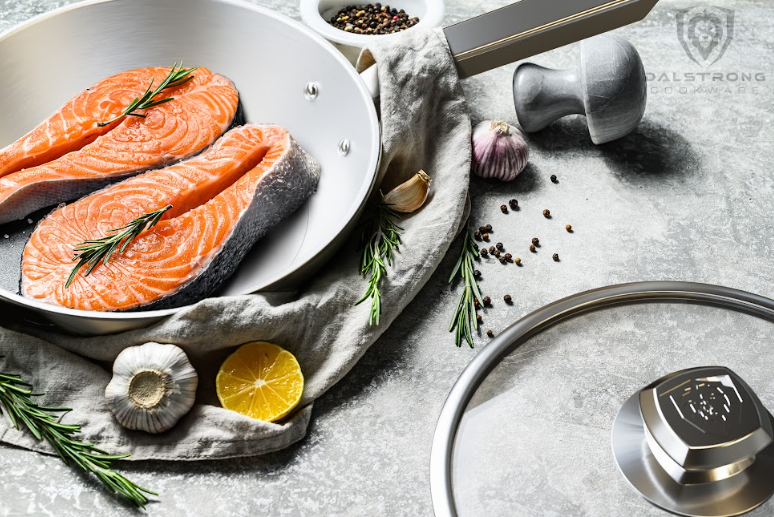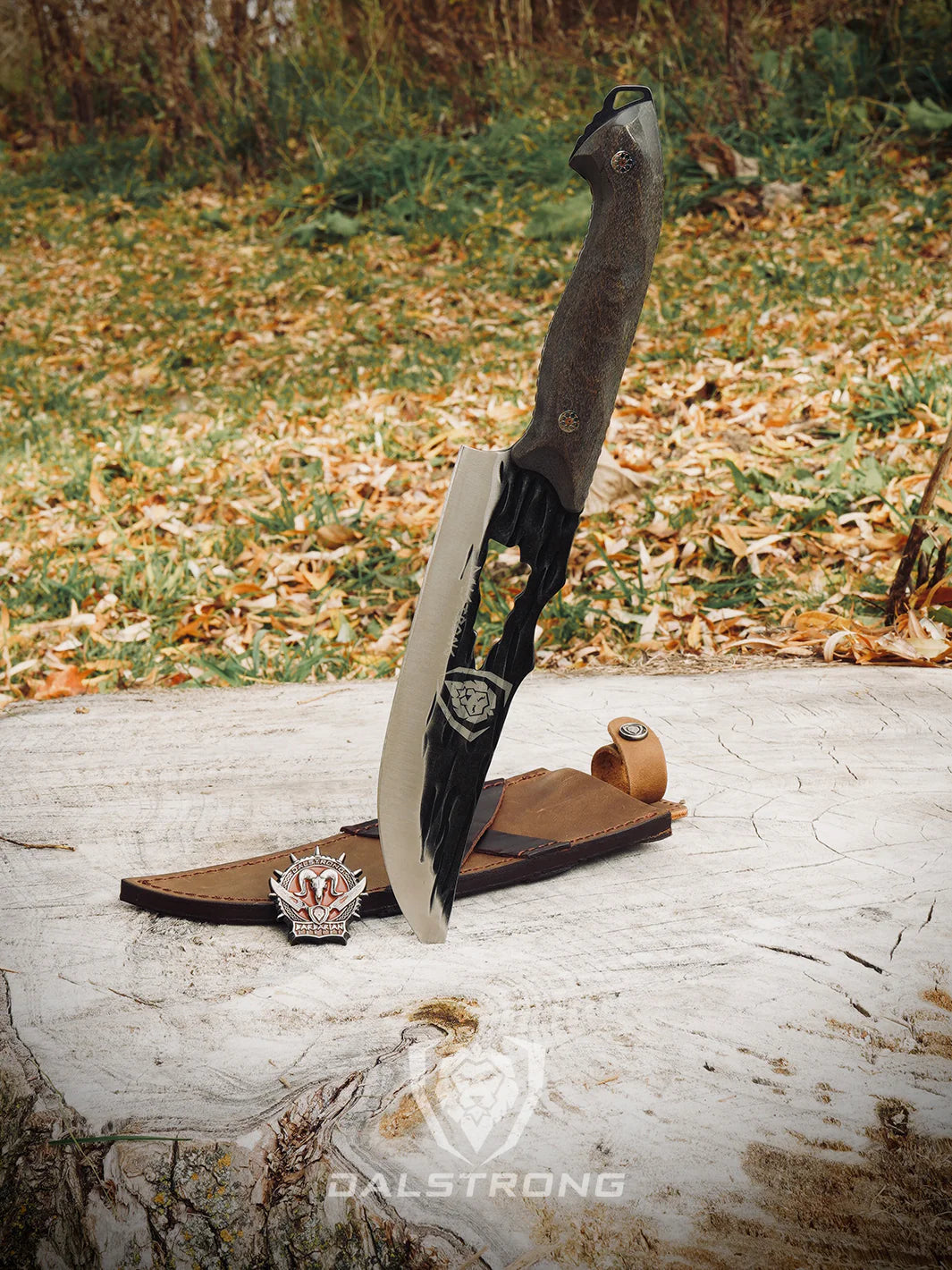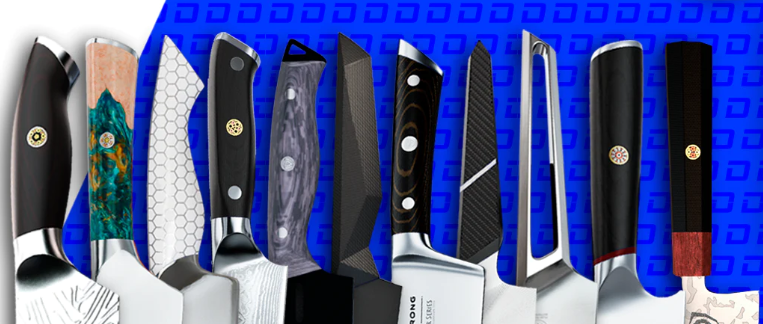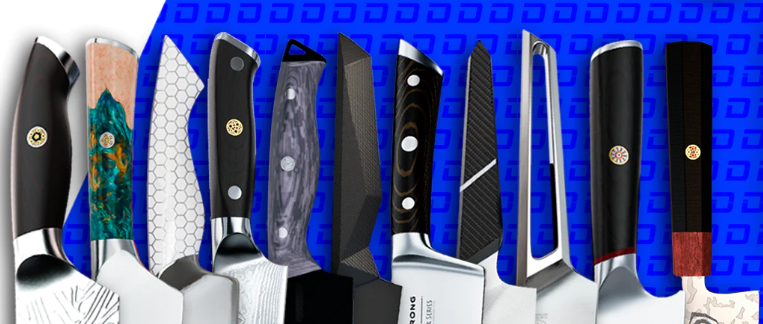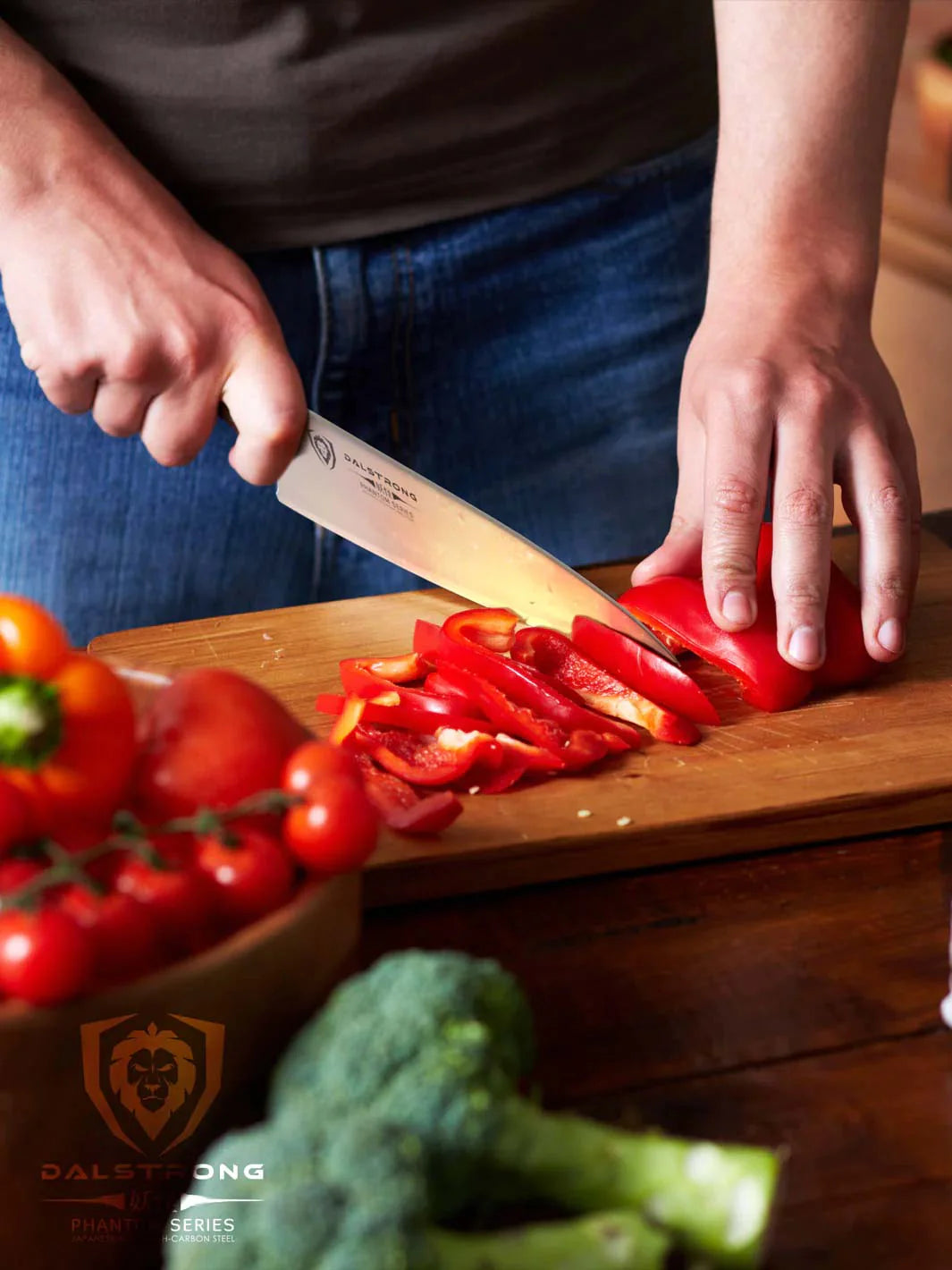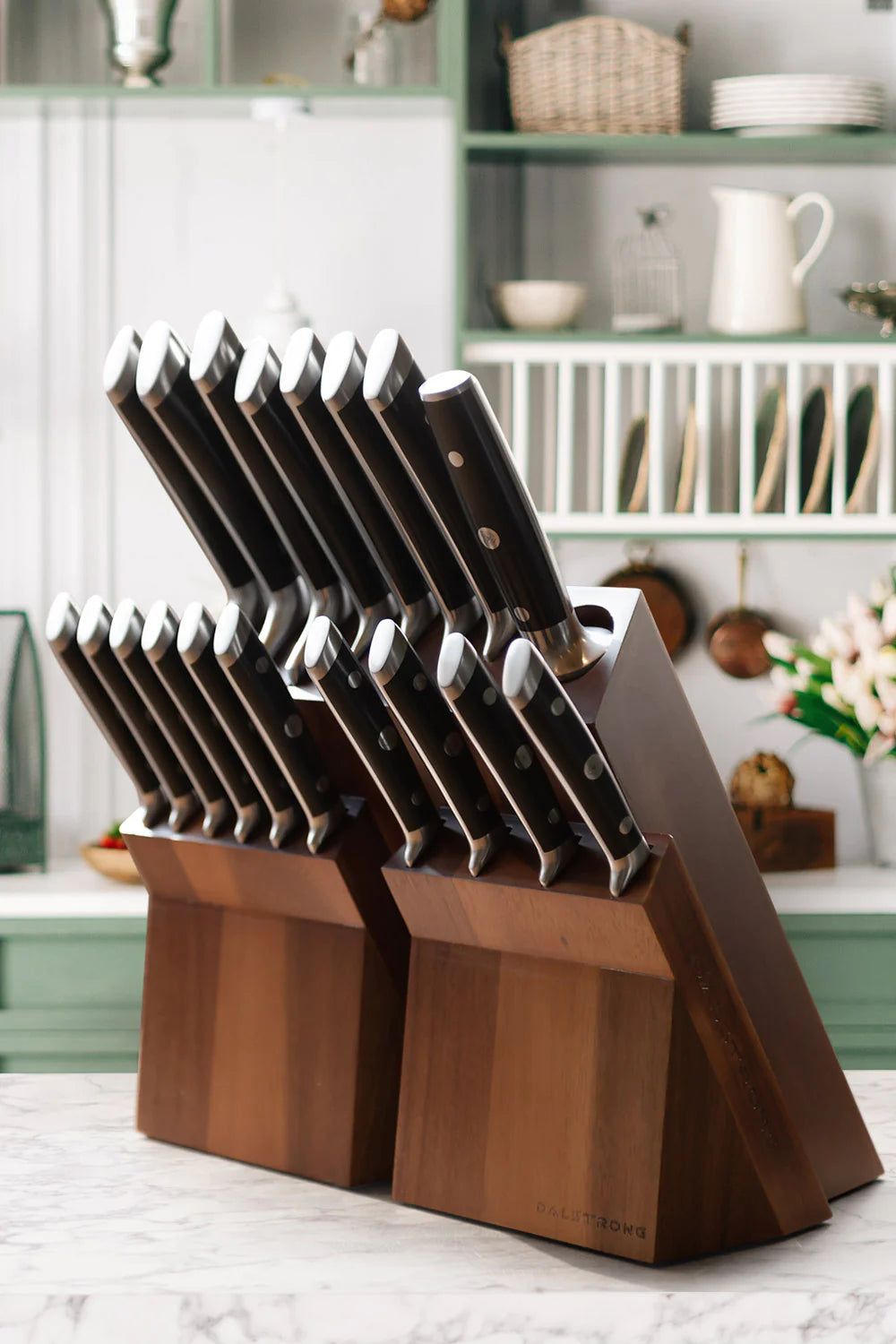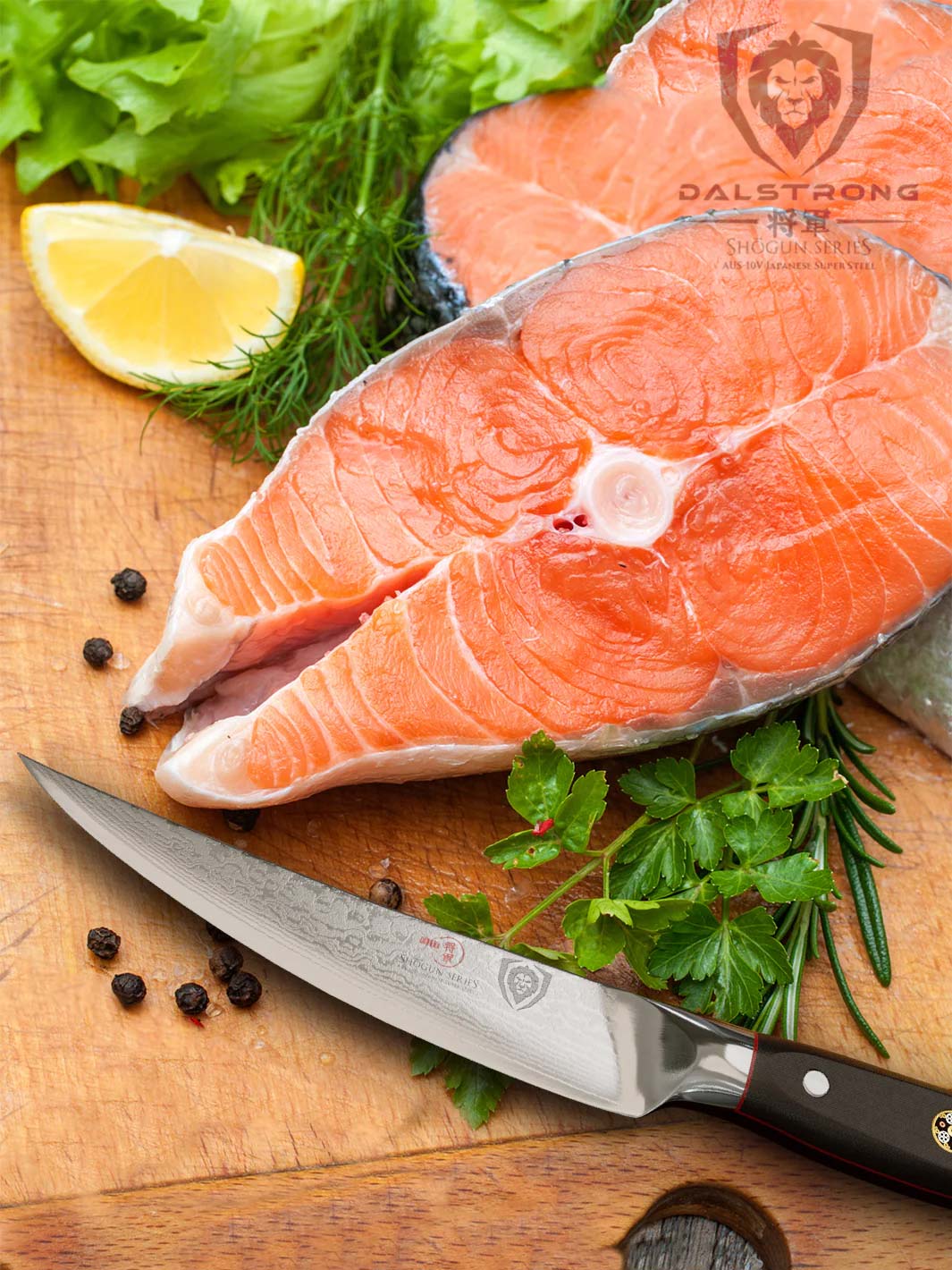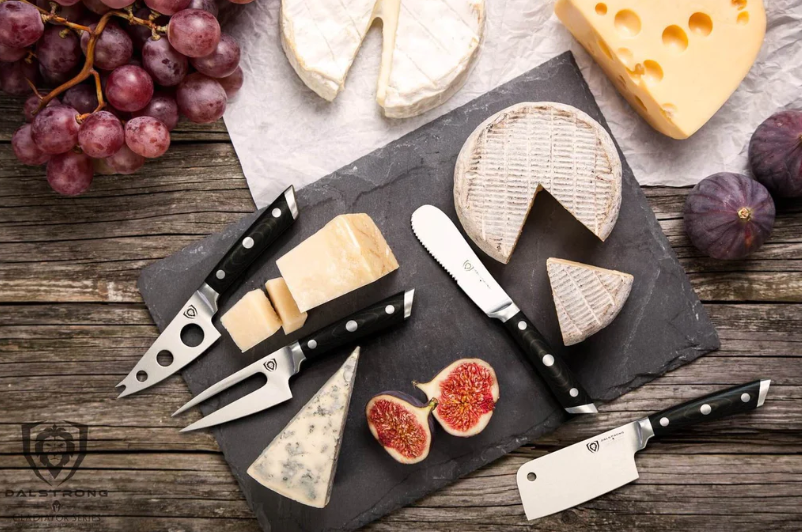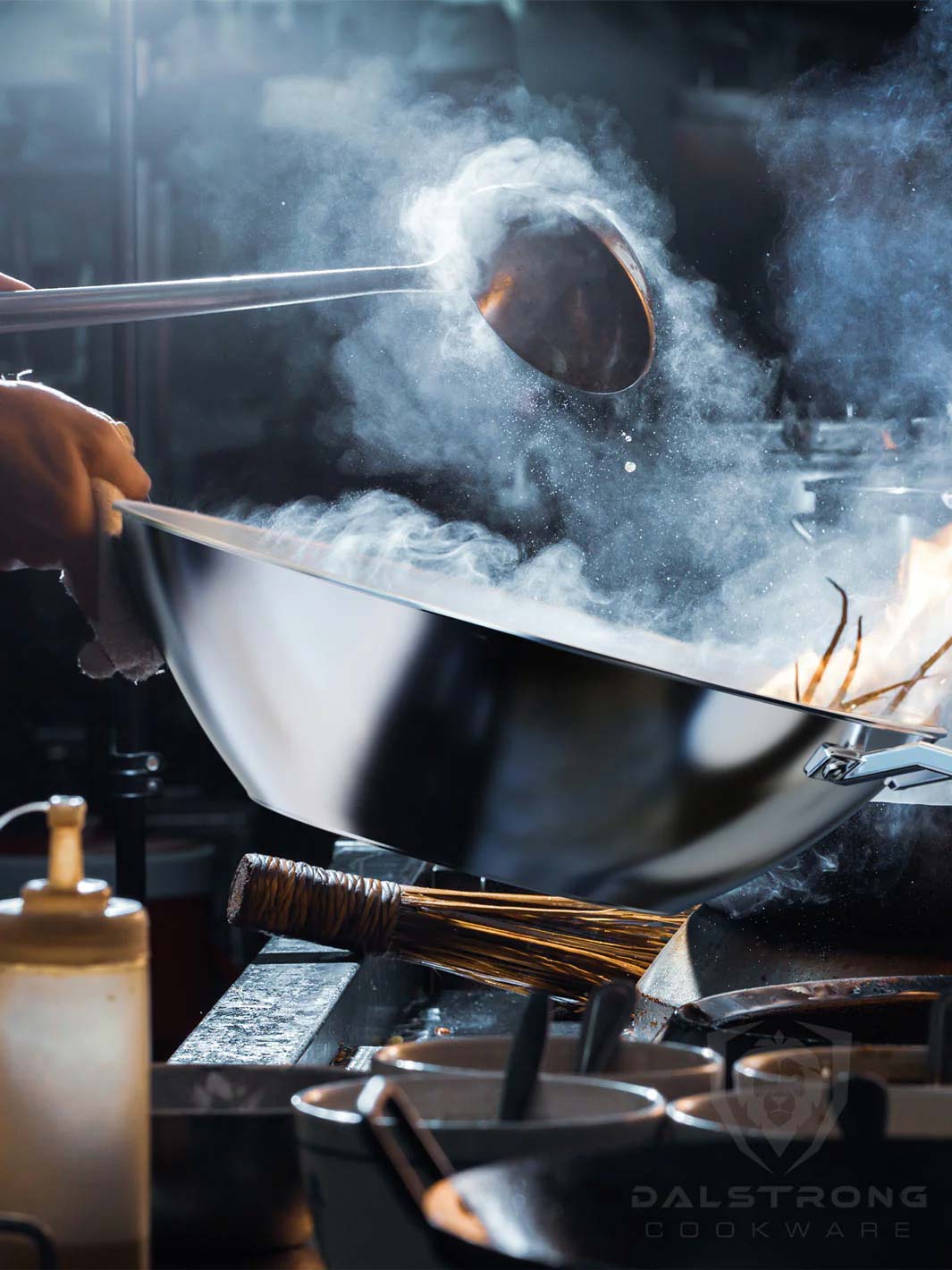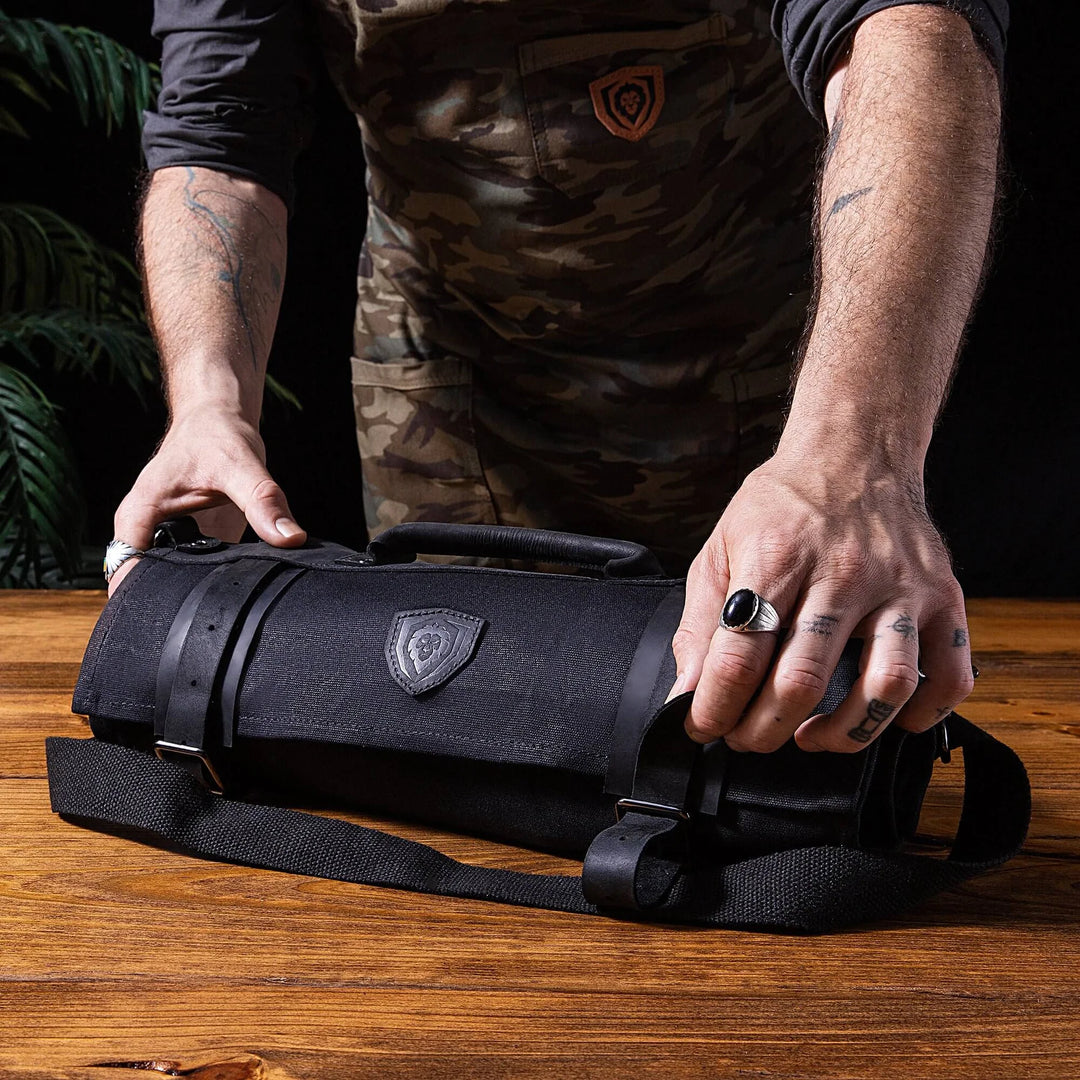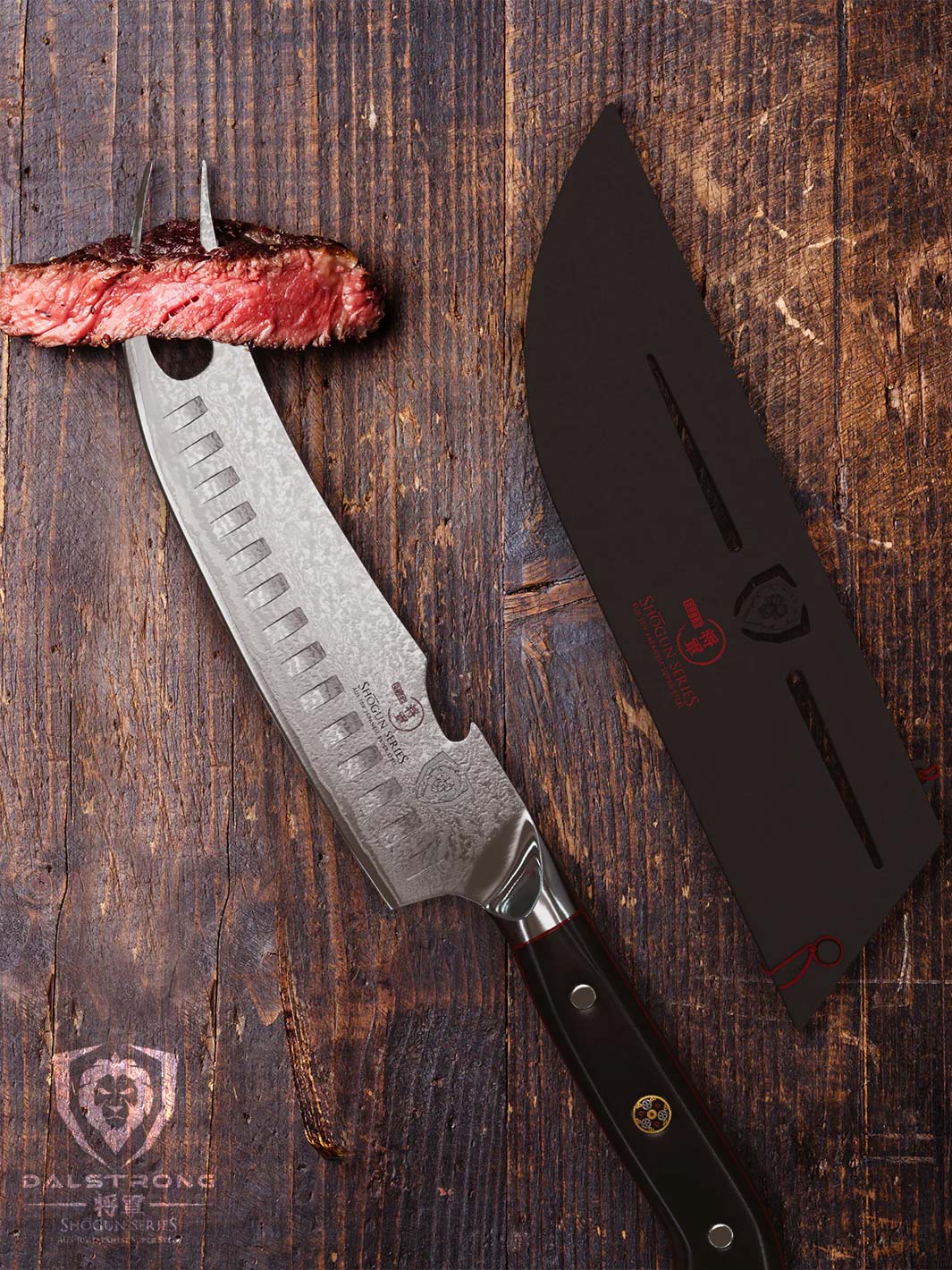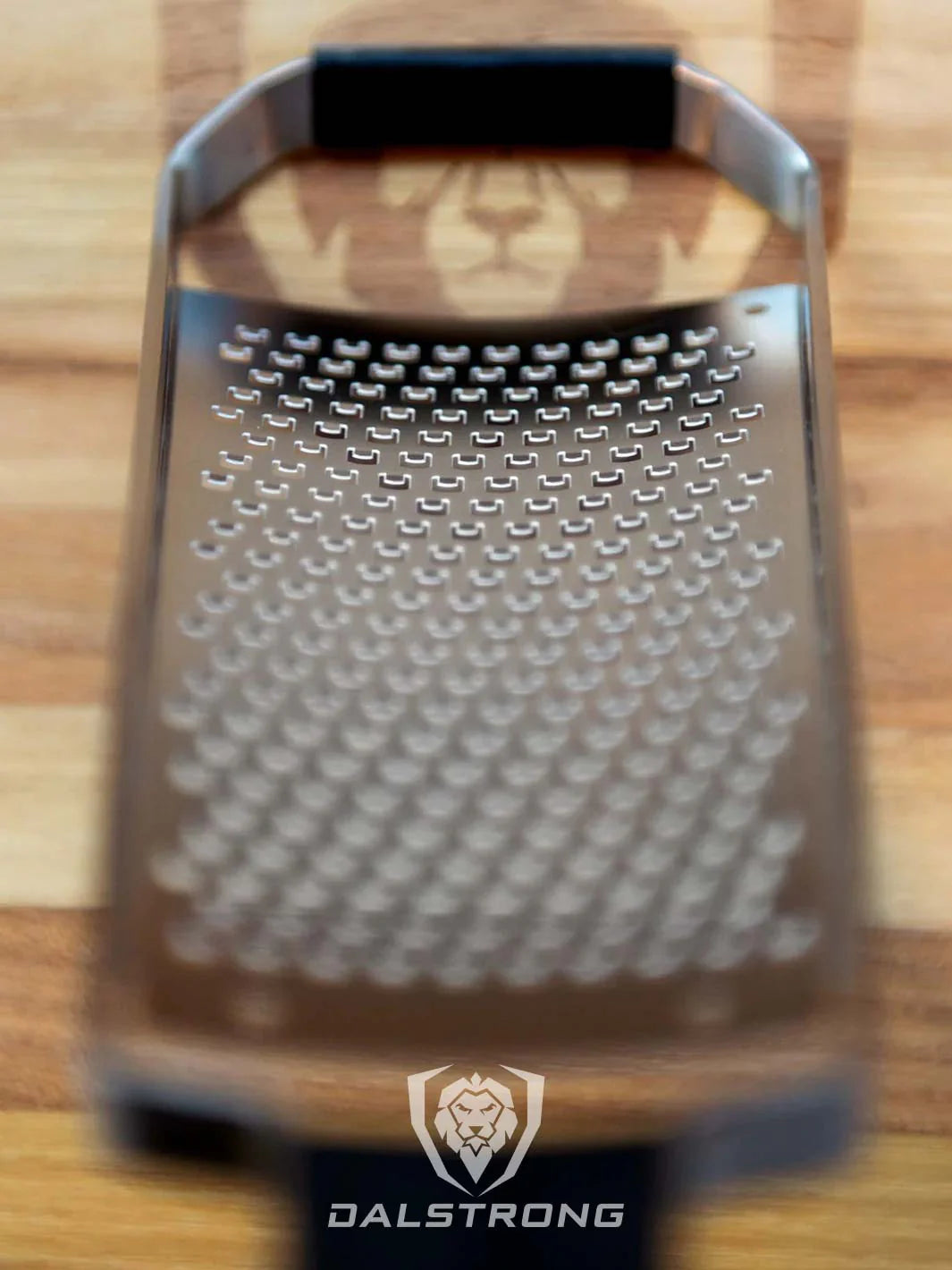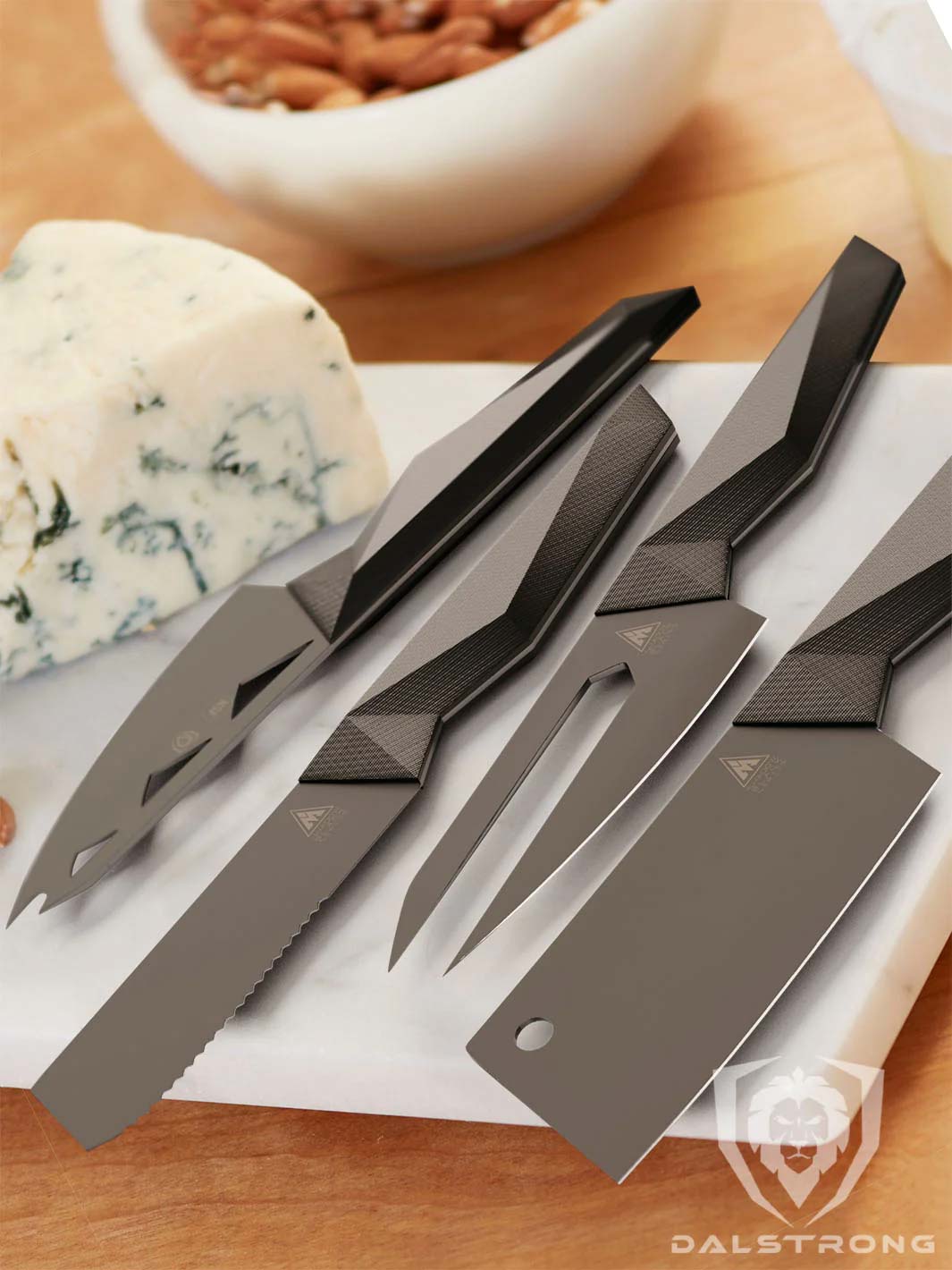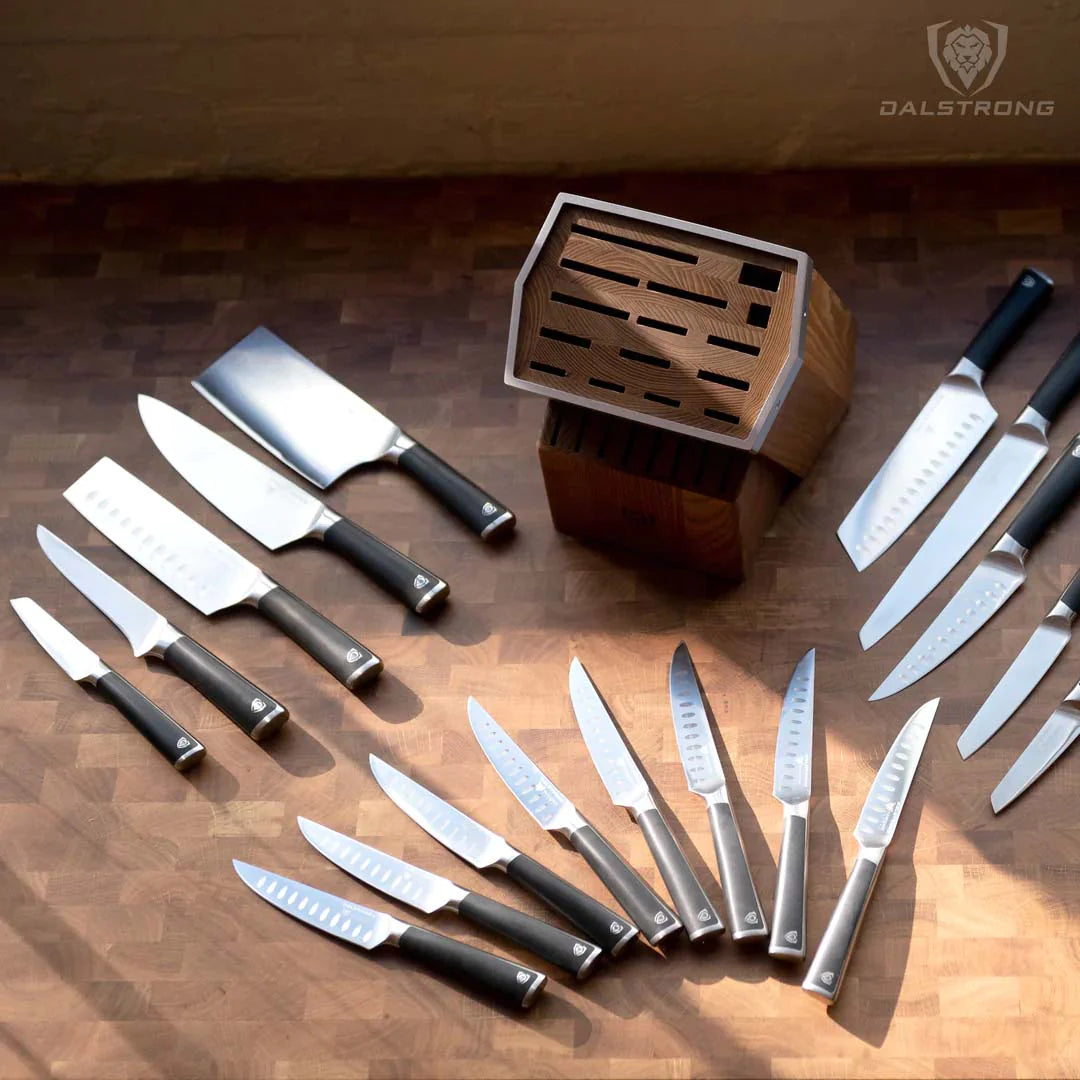Copper Pans Can Last Forever : In-Depth Guide to Copper Pans
 The Avalon Series 9” Frying Pan and Skillet
The Avalon Series 9” Frying Pan and Skillet
Copper Pans Can Last Forever : In-Depth Guide to Copper Pans
Renowned for their ability to conduct heat, copper chef pans are considered the gold standard among cookware connoisseurs. While copper chef pans can be pricey, they’re well worth the investment – but before purchasing your first copper pan, it’s good to know the facts.
1. Introduction to Copper Pans
 Avalon Series 10" Hammered Finish Silver Frying Pan
Avalon Series 10" Hammered Finish Silver Frying Pan
With a history dating back thousands of years, copper was one of the first metals to be mined and shaped into tools by humans. Archeologists have found copper mines in Serbia dating back to 5000 BC, some of the earliest examples of mining and metalwork.
While the earliest copper was used for weapons and jewelry, the ancients quickly discovered that the material had a plethora of other uses, too. The Egyptians used copper pipes as they began to develop sewer systems. Copper plates, bowls, and cookware have been found throughout Mesopotamia. Soon, copper cookware spread throughout Europe, where it was used throughout the middle ages.
While it has been used throughout Europe for centuries, copper is most strongly associated with France. Copper pans are a mainstay in French kitchens and an integral part of French cuisine. When William Sonoma traveled to France, he was inspired by the French love of copper cookware to sell copper chef pans abroad – which helped to kickstart his cookware empire.
In the 1960s, Julia Child helped popularize copper cookware in the United States when she stated that copper was her preferred material in her bestselling cookbook, Mastering the Art of French Cooking. Her copper cookware collection became so famous that it now hangs in the National Museum of American History. Americans have loved the aesthetic of hammered copper chef pans ever since.
While copper cookware isn’t as popular as it was in its heyday, it is still prized by chefs and widely considered to be the best metal for pots and pans. While some shoppers balk at the steep prices of copper cookware, its many advantages make it well worth the investment.
2. Pros And Cons of Copper Pans
 12-Piece Cookware Set Silver | Avalon Series | Dalstrong
12-Piece Cookware Set Silver | Avalon Series | Dalstrong
Copper’s main appeal is its exceptional thermal conductivity. Copper reacts to changes in temperature very quickly and distributes heat well, heating five times faster than iron and twenty times faster than stainless steel.
This unique property allows for precision when cooking. Experts believe that copper’s ability to adjust to changes in temperature allowed centuries of French chefs to develop their famous sauces and perfect the Maillard reaction, a chemical reaction that browns meats and vegetables.
If you’re used to cooking with other materials like stainless steel or cast iron, you may need to adjust your cooking temperatures to accommodate copper. Since copper heats so quickly, it’s easy to burn food using a copper pan. However, once you’re used to cooking with copper, you’ll never want to go back.
Despite the many advantages of using copper, the metal also has its drawbacks: namely that, on its own, copper can be toxic. As a reactive metal, unlined copper pans release metal particles when used to cook acidic foods like wine, vinegar, or tomatoes. If you consume too much copper, it could lead to copper toxicity, also called 'Copperiedus'. While pure copper pans are acceptable for cooking certain foods – and even ideal for whipping egg whites – they are not suited for everyday use.
Fortunately, it’s easy to find copper pots that use other materials for the cooking surface. Popular options include tin lined copper or copper pans with a stainless steel interior.
While copper pans were traditionally lined with tin, stainless steel has become increasingly popular in recent years. Tin can’t withstand high heat: it melts at just 450ºF (230ºC), meaning that it’s easy to ruin a copper pan with a tin lining if you leave it unattended. Tin is also a soft metal and does not offer the same protection as stainless steel.
If you’re shelling out big bucks for a copper pan, you’ll want something durable – so look for pans with stainless steel cladding, which will help extend the life of the pan and protect it from dents. Copper is a particularly soft metal, so on its own, it scratches and dents easily. With the help of stainless steel, copper pans can last a lifetime.
Another drawback to copper is its price: copper pots are notoriously expensive. If you’re on a budget, it might be a good idea to opt for something made with less expensive metals. Check out aluminum cladded stainless steel pans for a more affordable option, also available with a nonstick coating.
3. Dalstrong Copper Forged Foundation
 The Avalon Series 6 Piece Cookware Set
The Avalon Series 6 Piece Cookware Set
Dalstrong’s Avalon series offers a wide selection of pots and pans with a 5-ply copper forged foundation layer for all your kitchen needs. Named after the mythical island where King Arthur’s sword Excalibur was forged, the Avalon series is a marvel of modern-day metallurgy.
To the 6th century Britons who first recorded the legends of King Arthur, Excalibur possessed magical properties. If they could have seen Dalstrong’s Avalon series cookware, they would have doubtlessly thought that it was magic, too.
Unlike tin lined copper, Avalon series pots and pans can withstand temperatures of up to 600ºF, making them broiler and oven safe. Plus, unlike copper pans that do not feature stainless steel cladding, they can go in the freezer, refrigerator, or dishwasher. The fact that the copper cladding is entirely enclosed in stainless steel means that you’ll never have to worry about rust, unlike chef pans with copper exteriors.
The tough stainless steel coating also helps negate the softness of traditional tin lined copper pans. These pans are resistant to denting or warping. With minimal care, Dalstrong’s Avalon series pans can last a lifetime and beyond: this is heirloom quality cookware.
Copper’s remarkable conductive properties mean that it loses temperature quickly, too. To combat this, Dalstrong’s Avalon Series copper pans, pots, and copper cookware sets are cladded with aluminum as well as stainless steel and copper. While it does not heat as well as other metals, aluminum holds heat well. The 5-ply technology fills in gaps and takes advantage of the benefits of each metal, making a whole that is greater than the sum of its parts.
As always, Dalstrong remains committed to visual design. The Avalon Series comes in either a black or silver finish, and the hammered stainless steel exterior is an attractive alternative to the classic hammered copper pans that are sometimes used as wall décor.
4. Best Copper Pots And Pans to Add to Your Cookware Collection
1. The Avalon Series 9” Frying Pan and Skillet
No kitchen is complete without a frying pan, and Dalstrong’s 9” 5-ply Frying Pan is an excellent choice. Every chef knows that heat distribution is crucial to a good frying pan, and this pan’s 5-ply copper cladding ensures that its heating abilities are top tier. Like a classic cast iron skillet, this pan is oven safe and can also be used for baking. However, unlike a cast iron skillet, this pan is non-reactive, dishwasher safe, and heats quickly and evenly – making it a more versatile option.
Pros:
- The compact design of this pan makes it easy to store.
- You’ll be amazed at how much more quickly copper cookware heats compared to cast iron.
- While many fry pans are sold without lids, this one includes a vented stainless steel lid, perfect for simmering sauces.
Cons:
- While perfect for small families, the 9” diameter of this pan isn’t suited for feeding a crowd. If you’re looking for something bigger, try the 10” or 12” diameter models.
- If you want a frying pan that is well suited for deep frying and cooking liquids, consider a versatile sauté pan instead.
2. The Avalon Series 12” Sauté Frying Pan
If you’re in the market for a sauté pan, The Avalon Series 12” Sauté Frying Pan is a great option. The exterior boasts a striking black finish in hammered and brushed stainless steel.
What’s the difference between a regular frying pan and a sauté pan? Good question! While the terms “frying pan” and “skillet” can be used interchangeably, sauté pans are a bit different. The straight, vertical sides of a sauté pan make them well suited for cooking sauces, which can easily boil over in a standard frying pan.
Pros:
- Compared to traditional frying pans, sauté pans have a wider surface area – meaning more room to fry food.
- The deep sides and well-fitted lid of this sauté pan help prevent foods from splattering or spilling over.
Cons:
- If you’re looking for a smaller, lighter pan, consider the 9” frying pan and skillet.
- If you’re not a fan of the hammered black finish, consider the silver version instead.
3. The Avalon Series 3 Quart Stock Pot
The perfect option for your everyday stockpot needs, the small and versatile Avalon Series 3 Quart Stock Pot will doubtlessly become a kitchen staple. The stainless steel lining is non-reactive, making it ideal for acidic tomato sauces – and anything else you’d like to cook. This attractive pan features a sturdy handle designed for a professional chef’s underhand grip and a vented stainless steel lid.
Pros:
- The exceptional heat distribution of copper pots makes them perfect for cooking French-style sauces.
- A small saucepan is an essential item in every kitchen.
Cons:
- The small size of this pot means that it can’t accommodate larger recipes.
- If you find a single handle unwieldy, size up a bit and try the 5 Quart Stock Pot instead.
4. The Avalon Series 8 Quart Stock Pot
Need to cook a hearty stew that will feed the family for a week? Look no further than Dalstrong’s Avalon Series 8 Quart Stock Pot. This sizeable stockpot makes it easy to cook for a crowd. The copper interior is layered between aluminum and 18/10 stainless steel for maximum heat retention and conductivity. Built to last a lifetime – and beyond – the 2.5 mm thick walls will never dent or warp.
Pros:
- The size of this stockpot means that it can accommodate large recipes.
- This sturdy pot has some heft to it, so the engraved handles are slanted for easy grip when transferring the pot from place to place.
Cons:
- While big pots have many uses, they aren’t suited for every kitchen.
- If you’re short on space – or money – Dalstrong offers smaller, less expensive alternatives.
5. The Avalon Series 6 Piece Cookware Set
If you’re looking to stock your kitchen with the cookware essentials, consider investing in The Avalon Series 6 Piece Cookware Set. Consisting of the 9” Frying Pan Skillet, the 12” Sauté Pan, and the 5 Quart Stock Pot and their stainless steel lids, this set is perfect for anyone wishing to start their collection of copper cookware.
Pros:
- This set will get you started with copper cookware essentials.
- Not everyone needs – or wants – an extensive copper cookware collection. If you start with a small set, you can always add to it later.
Cons:
- Want an all-inclusive set? Consider the Avalon Series 12 Piece Cookware Set for all your copper cookware needs.
- Admittedly, if you’re an amateur chef just starting to invest in premium cookware, this set may be pricey. Consider the Oberon Series 6 Piece Cookware Set with glass lids for a more affordable alternative.
5. Frequently Asked Questions About Copper Pans
Are copper pans good?
Copper is one of the best metals for conducting heat and makes excellent cookware. However, you should avoid using unlined copper pans for health reasons.
Are copper pans toxic?
On its own, copper can pose a danger to the human body. However, many companies sell copper pans lined with other materials.
Is it OK to cook in copper pans?
Uncoated copper pans can be dangerous because copper molecules can leach into food during the cooking process. However, copper pans lined with another material, like stainless steel, are perfectly safe to use.
What are the disadvantages of copper cookware?
The main disadvantages of copper cookware are the price and the toxicity of the material. However, many chefs find that lined copper cookware is well worth the investment.
Shop Dalstrong Cookware Today
Written by Cassie WomackBased in Richmond, Virginia, Cassie enjoys trying challenging new recipes with her cat for company.






















































































































































